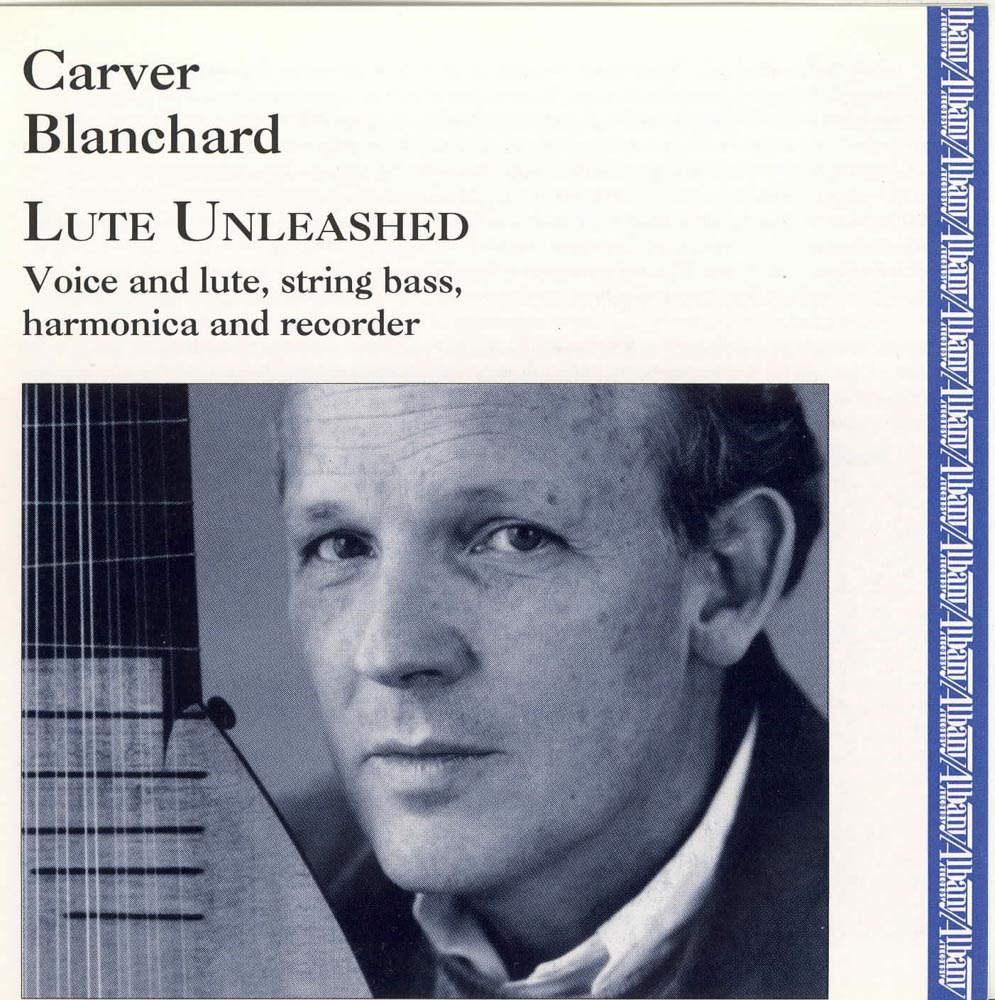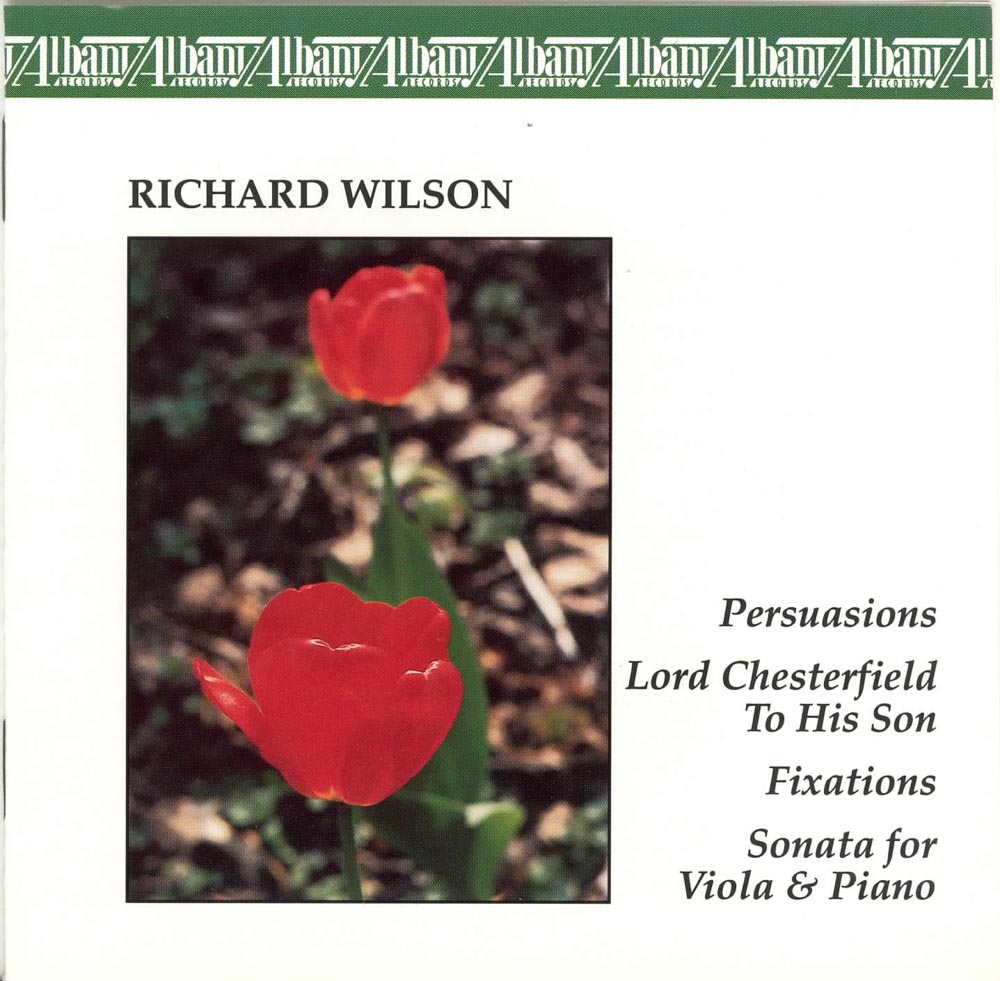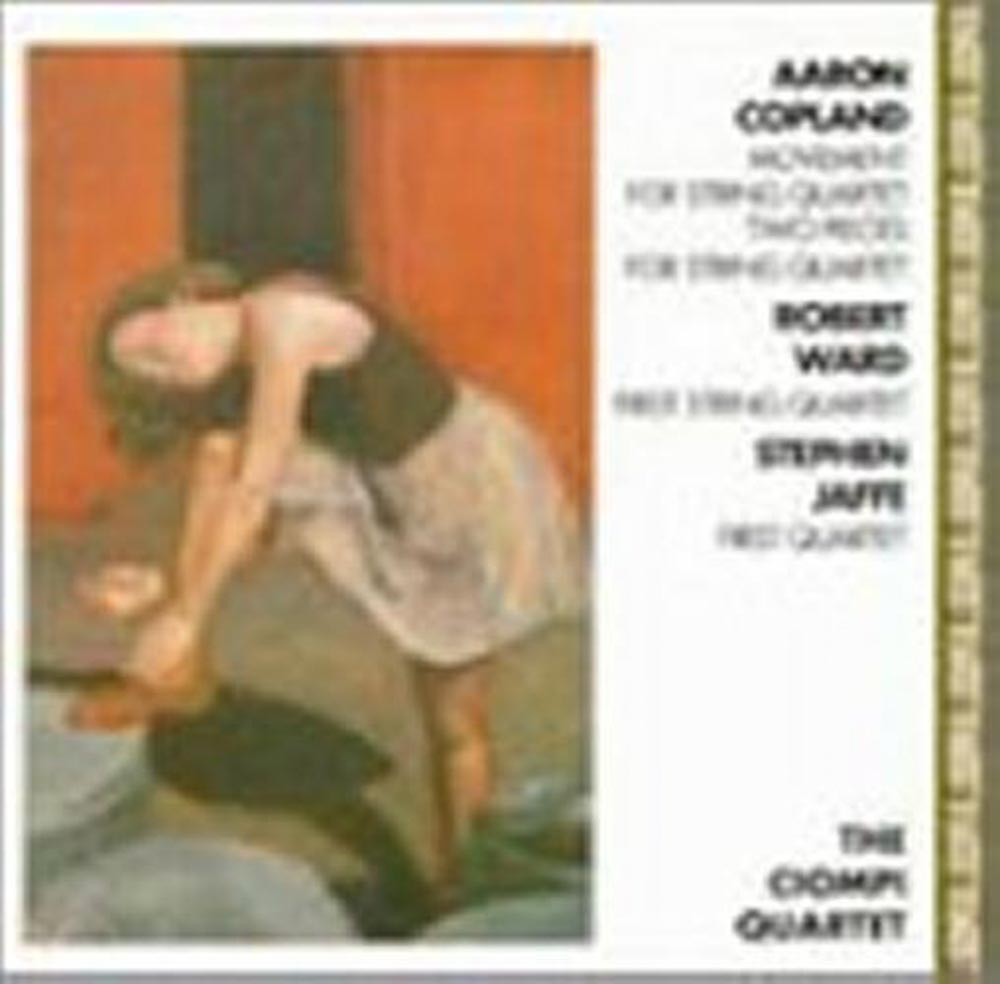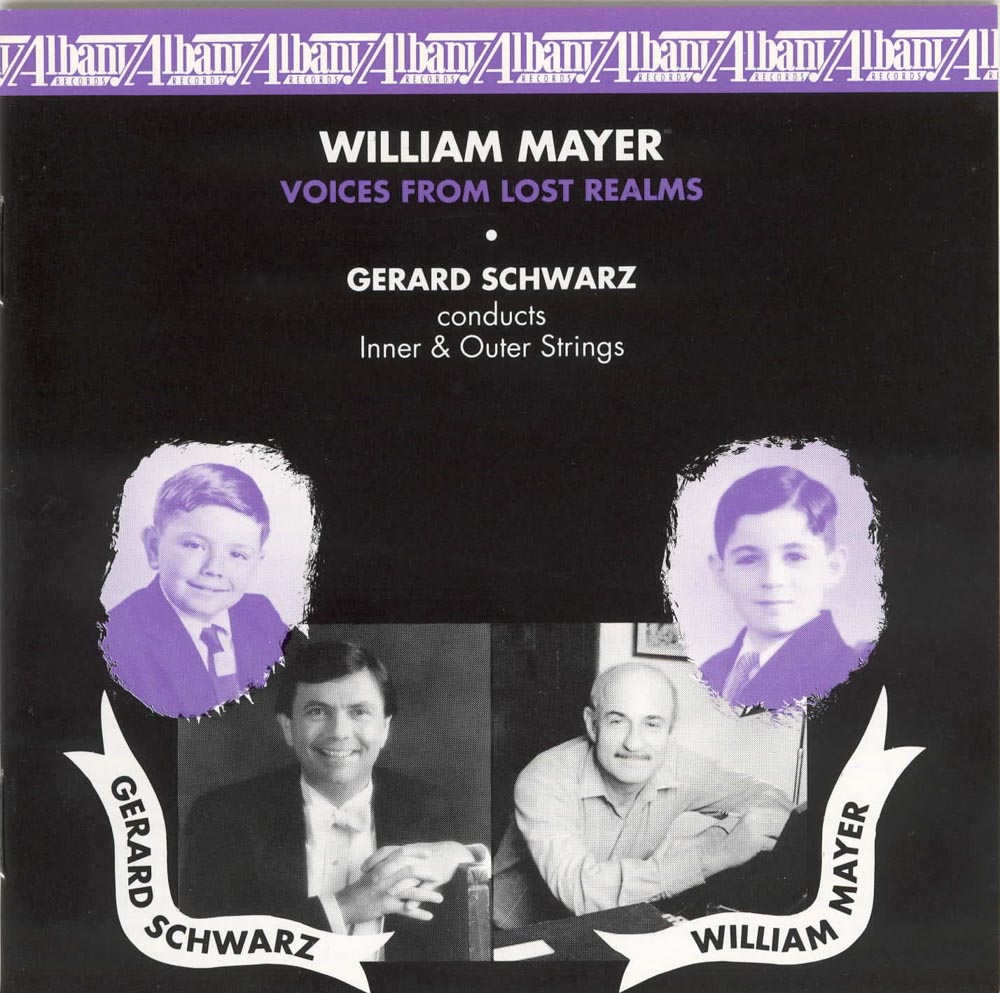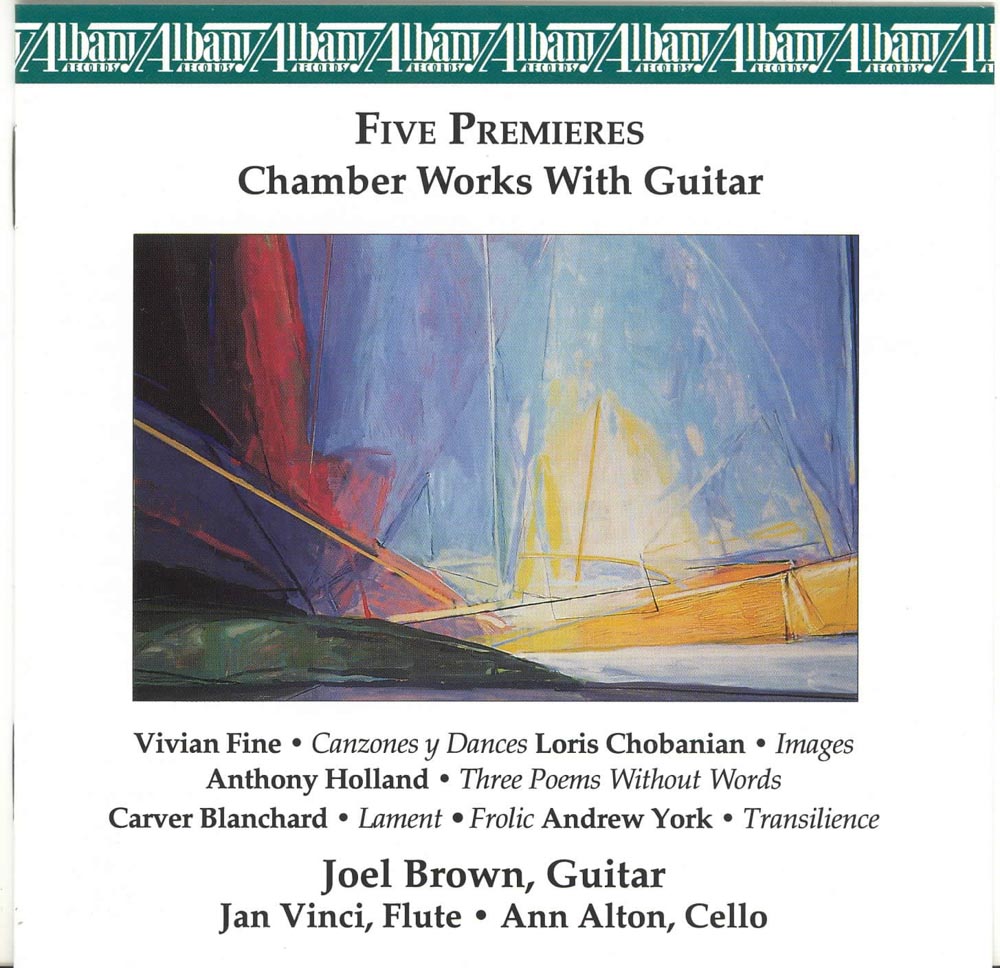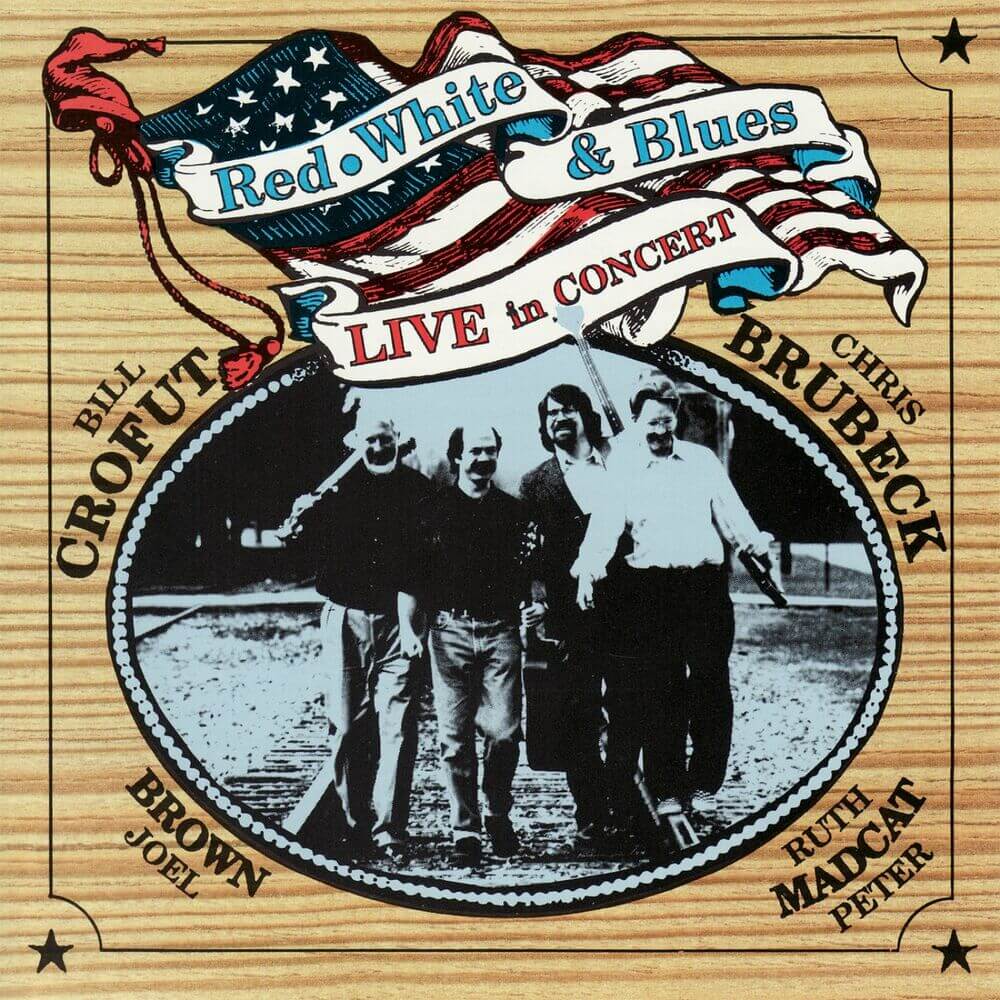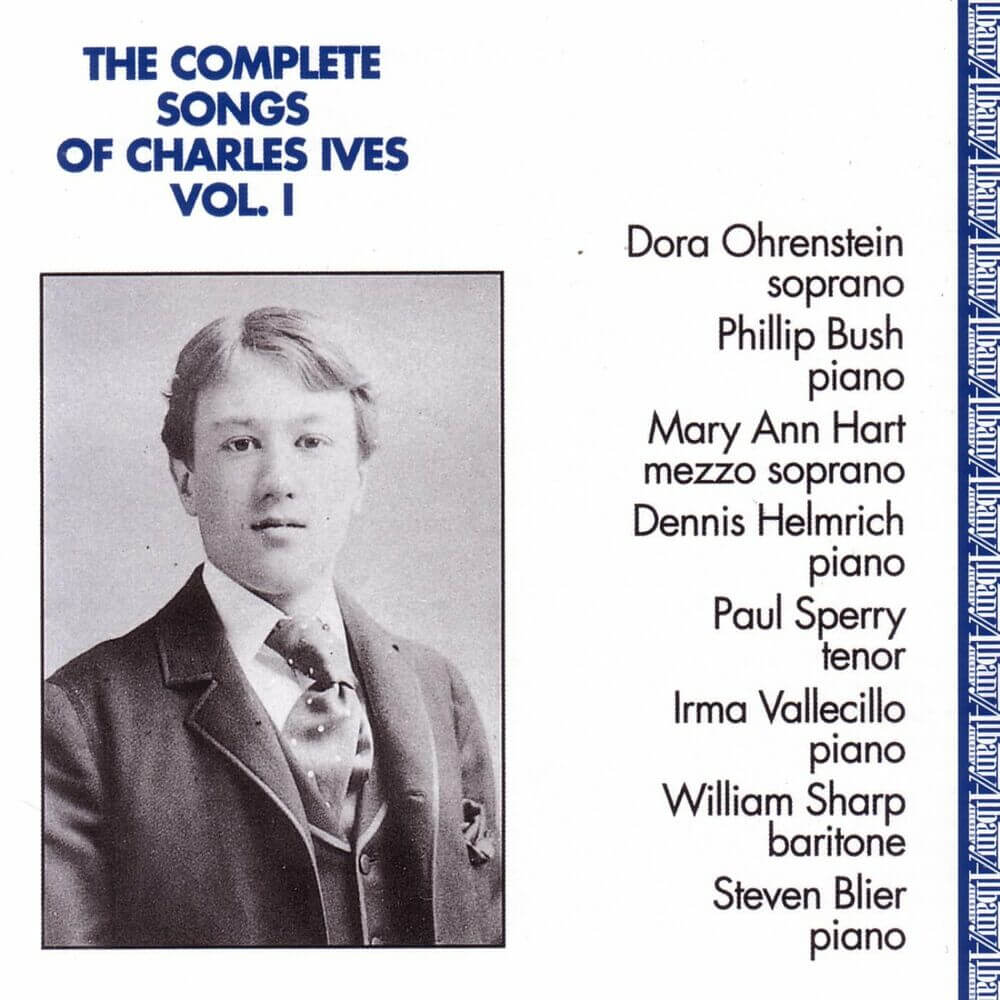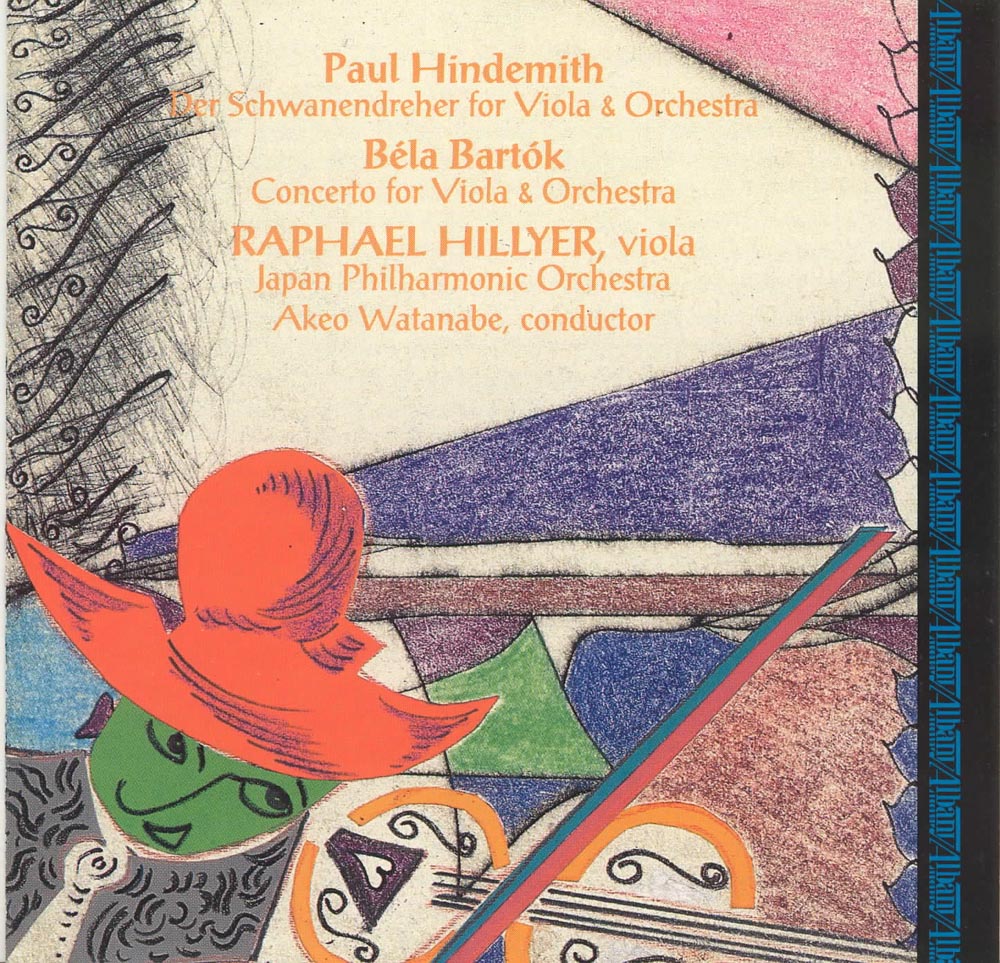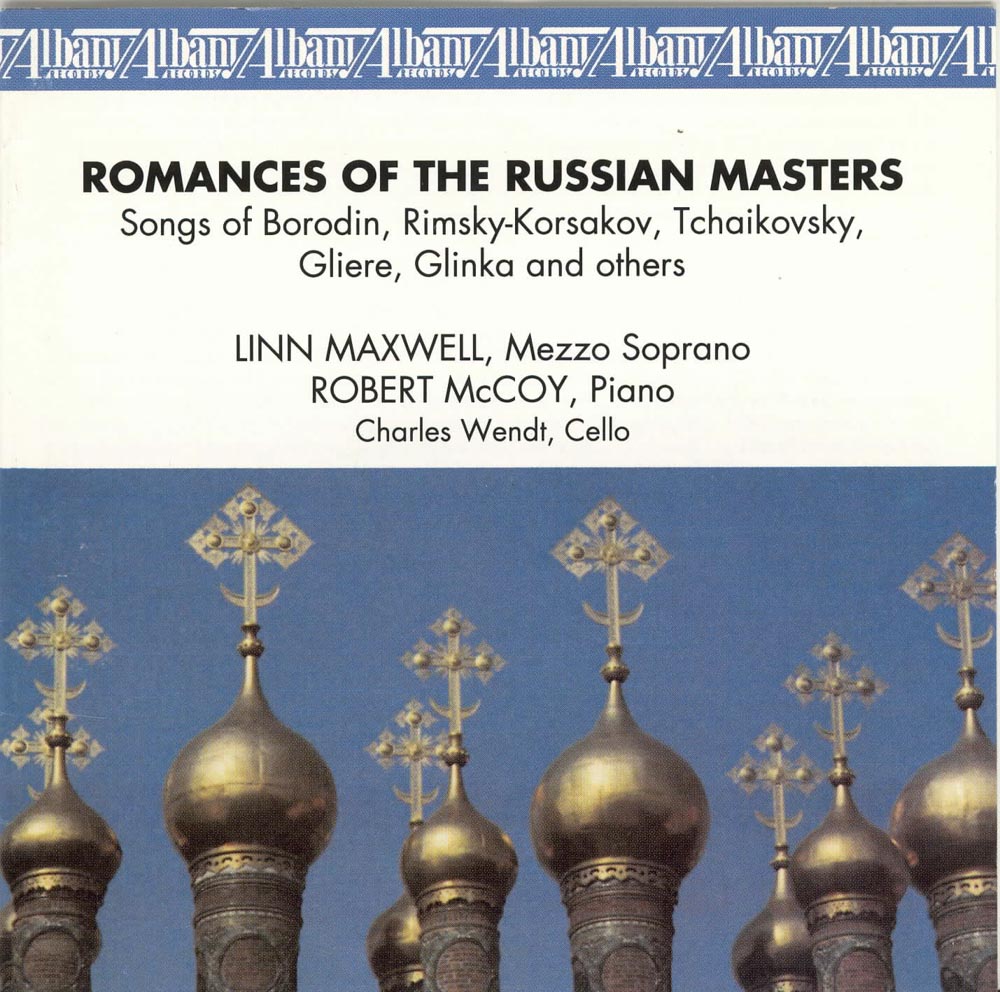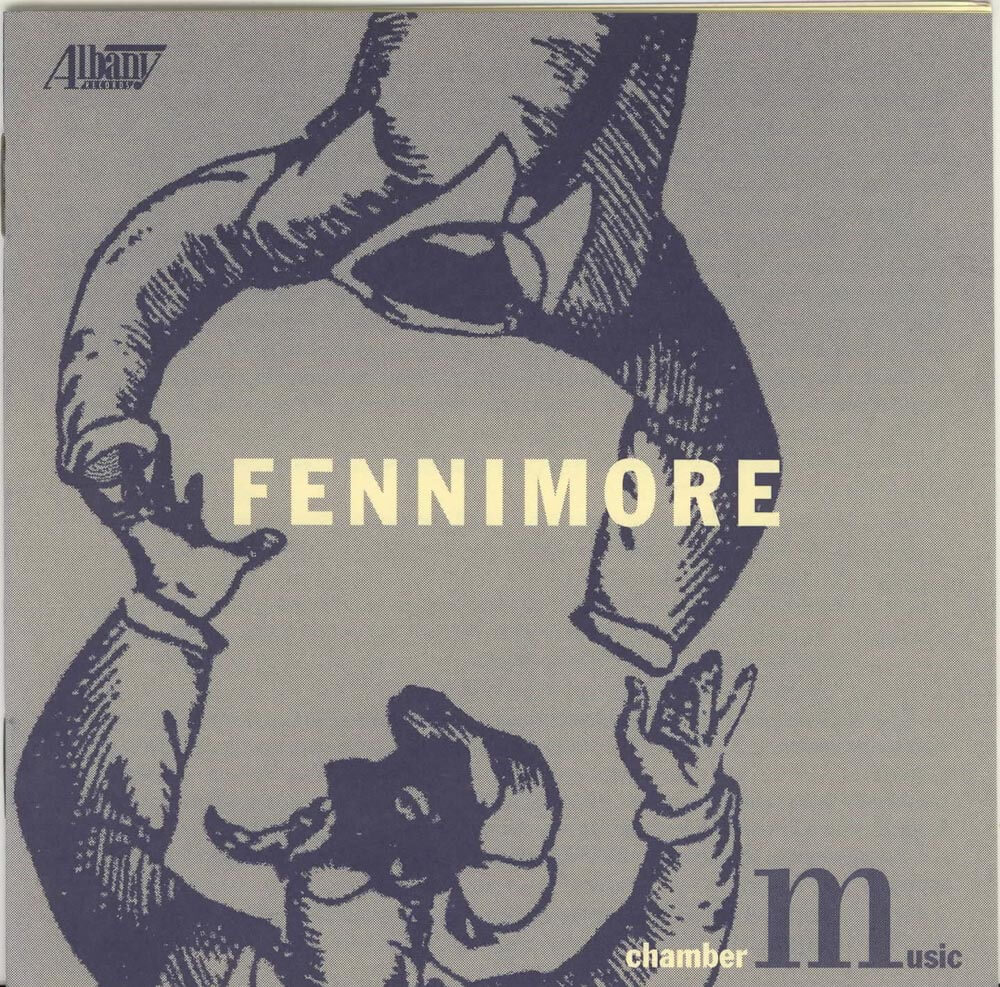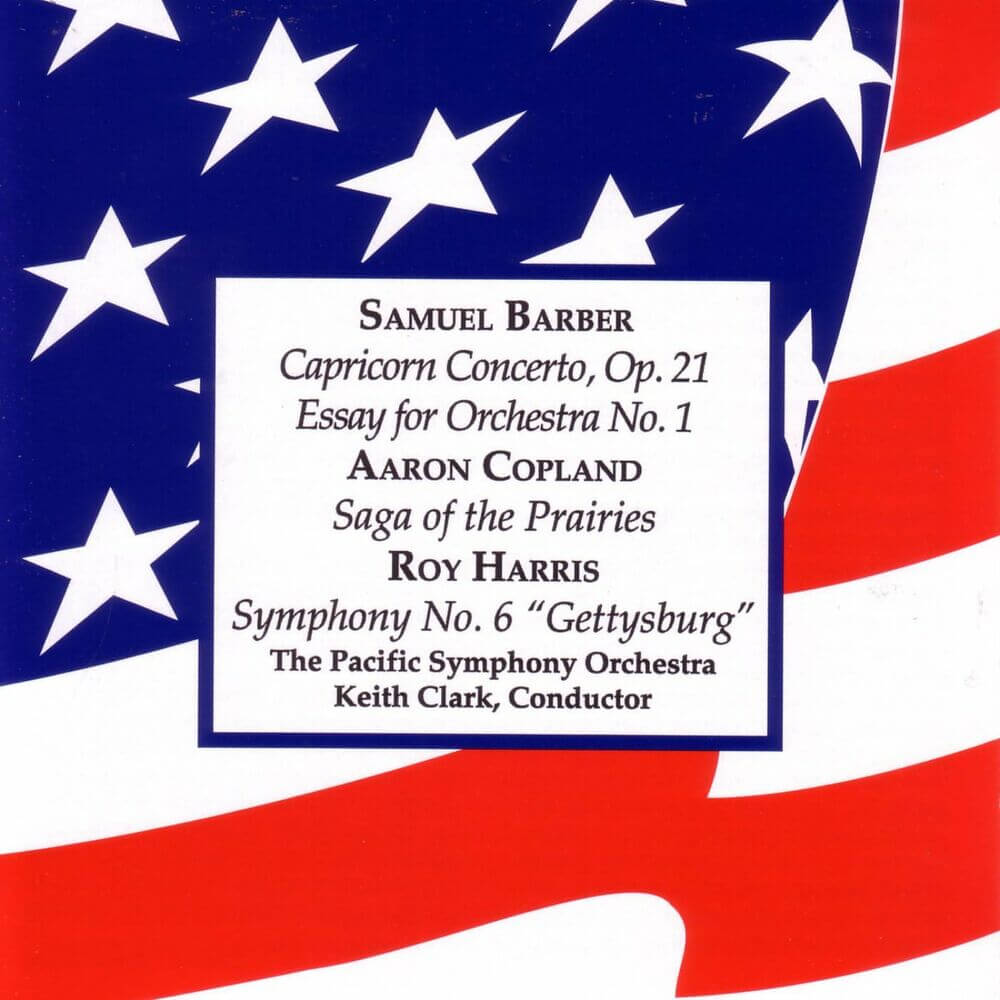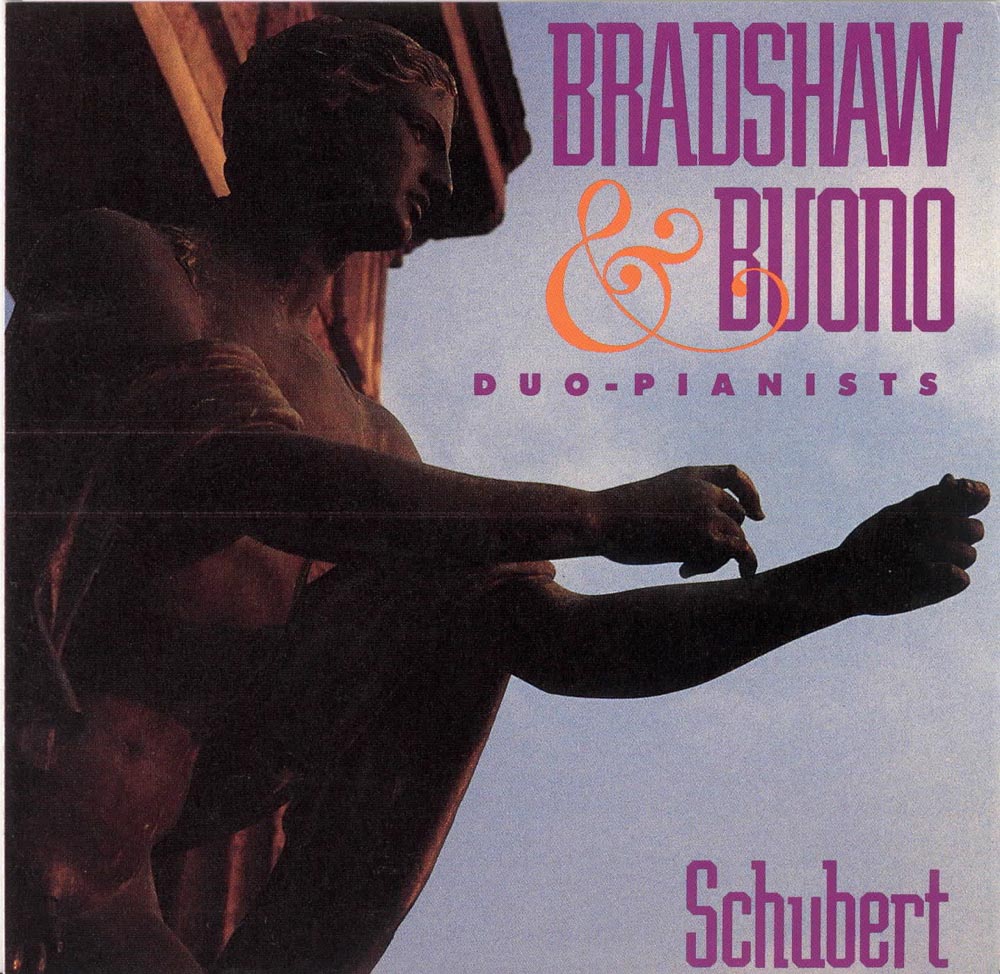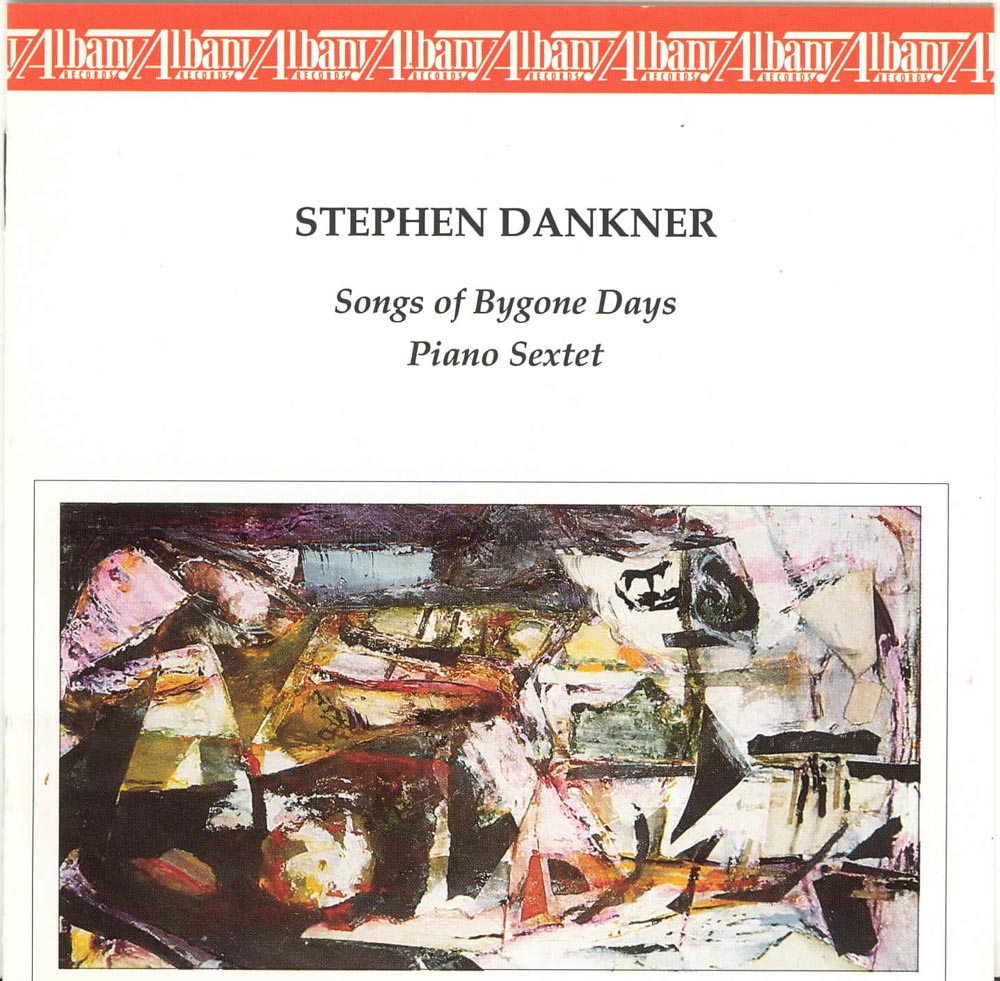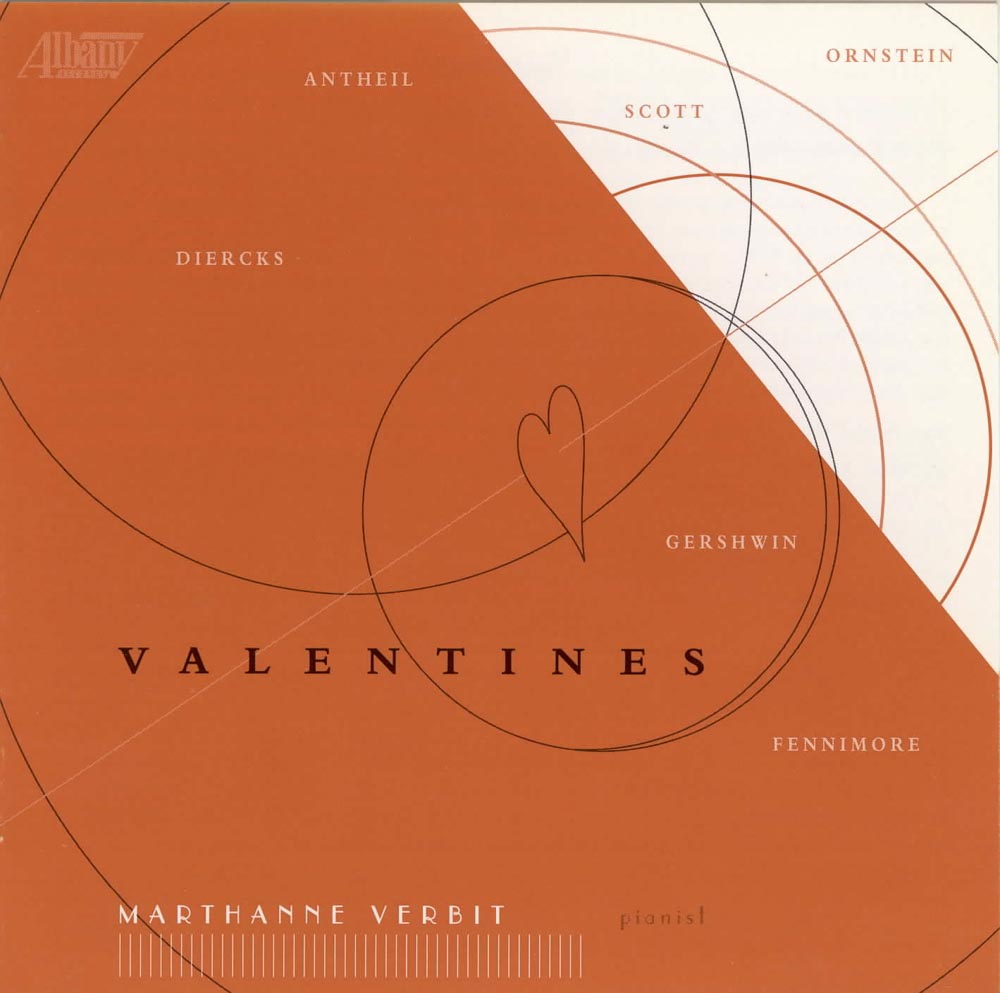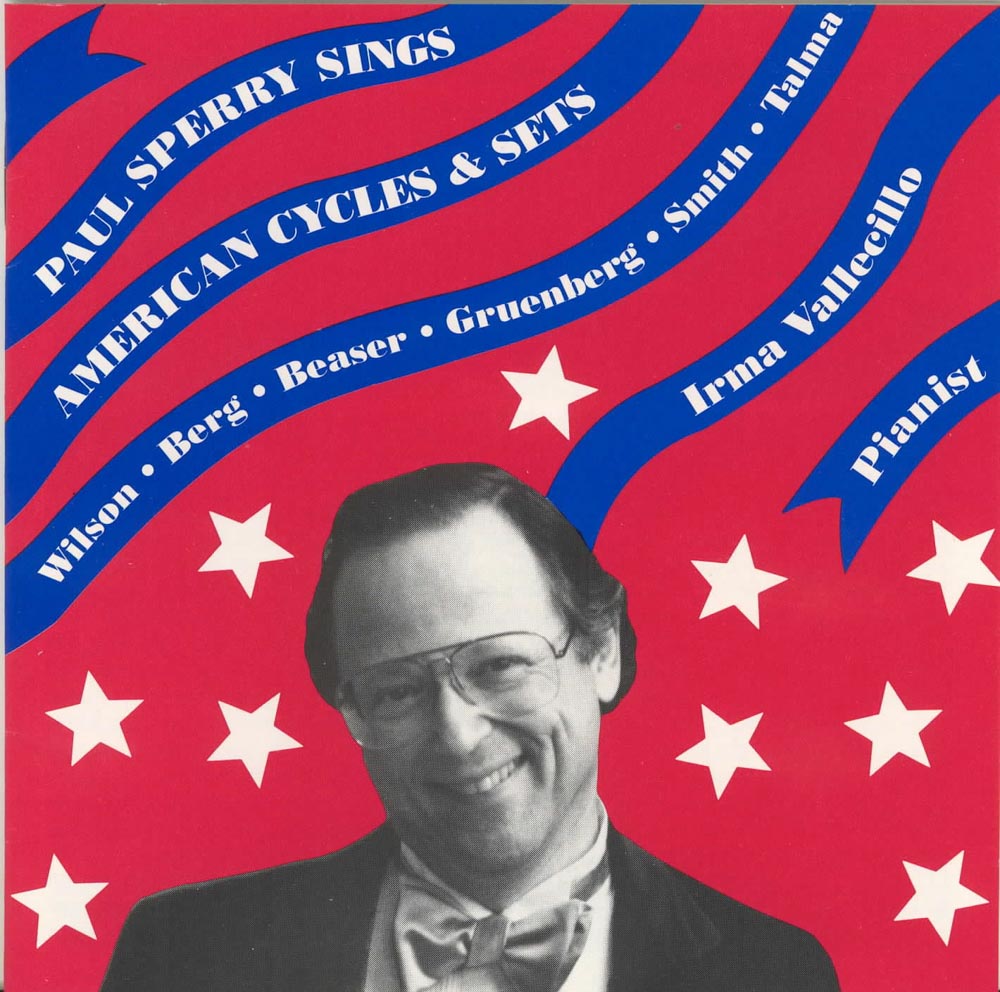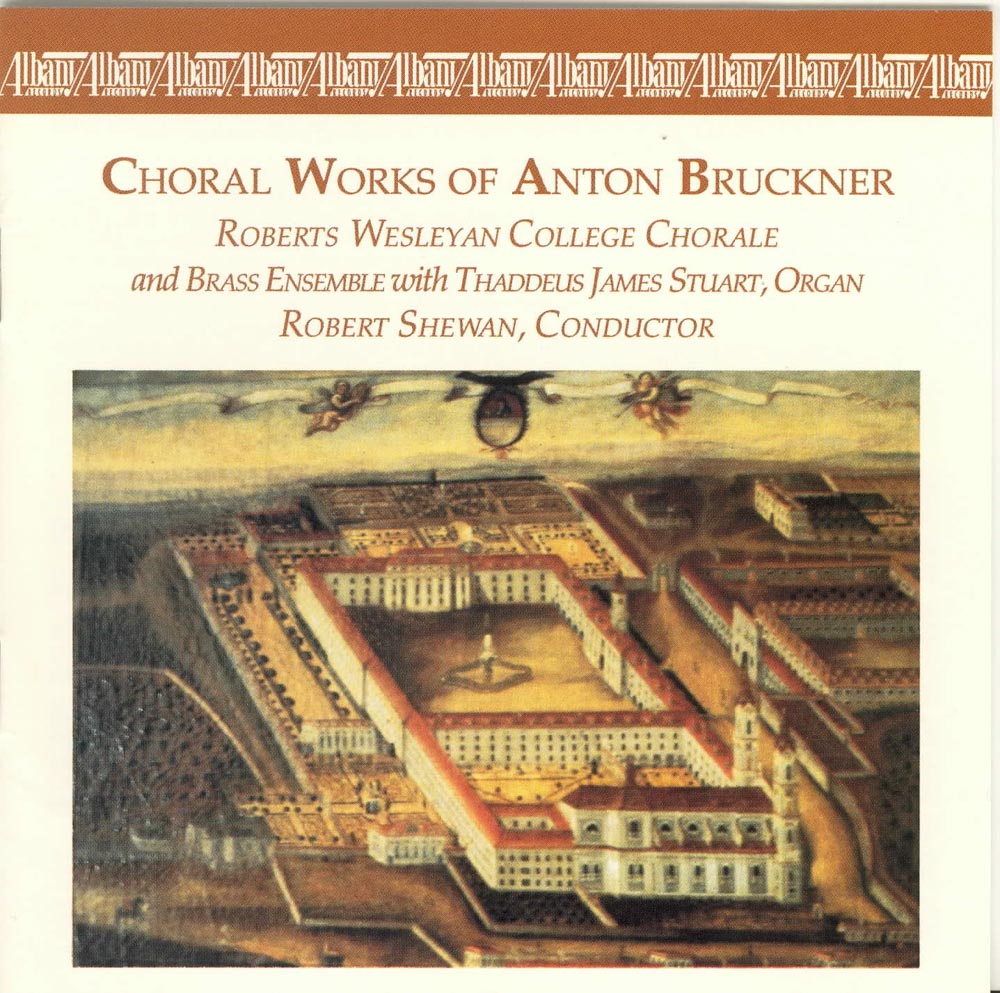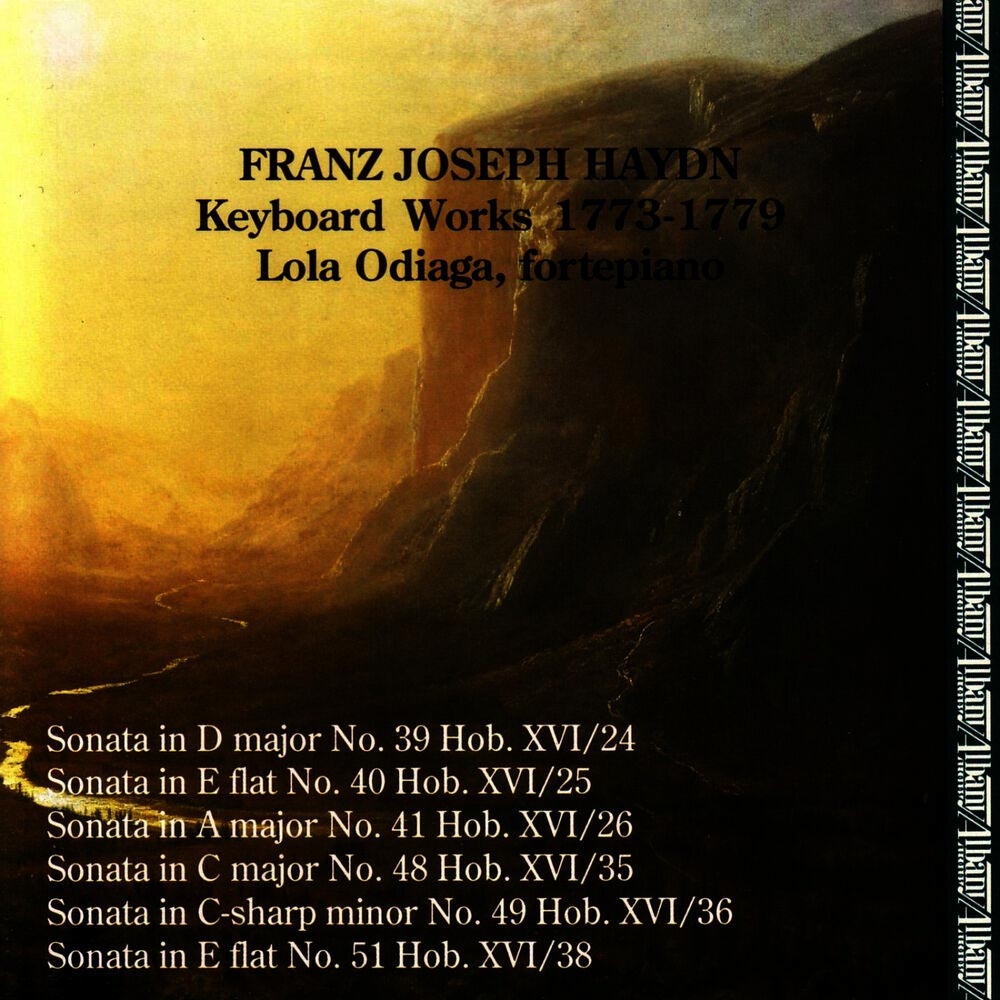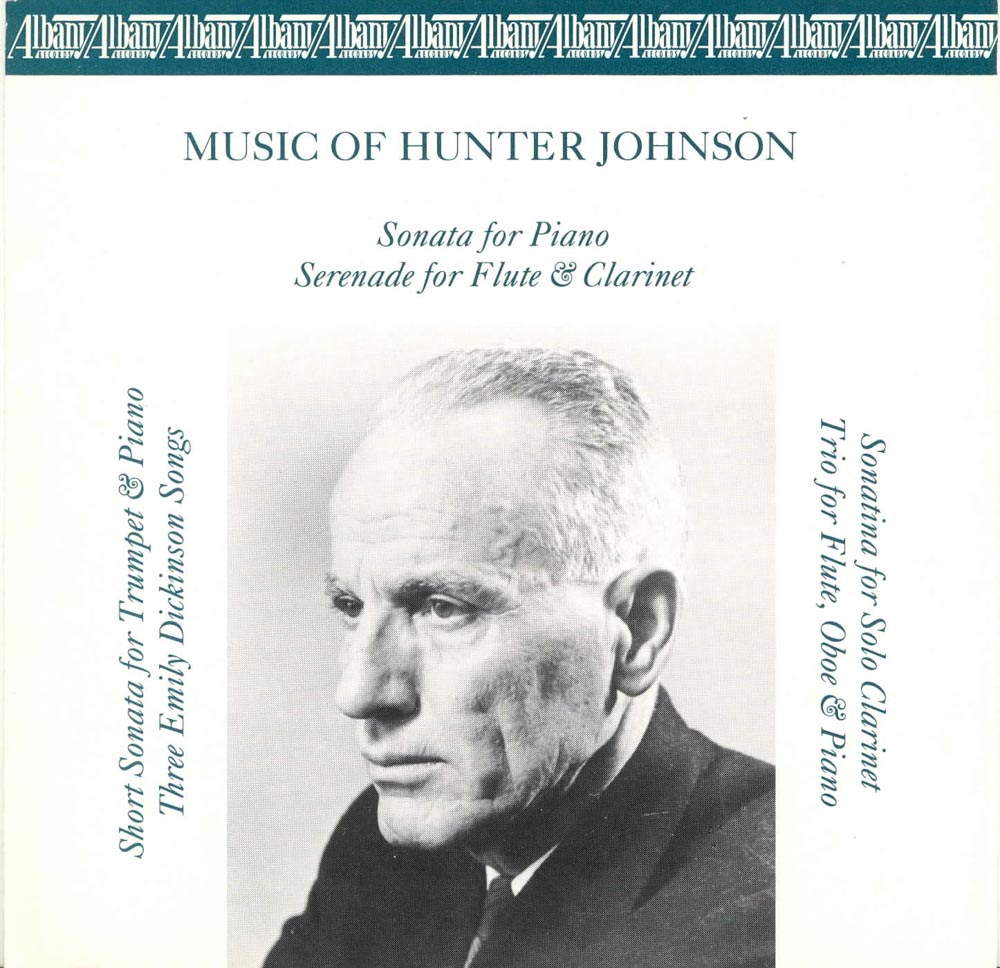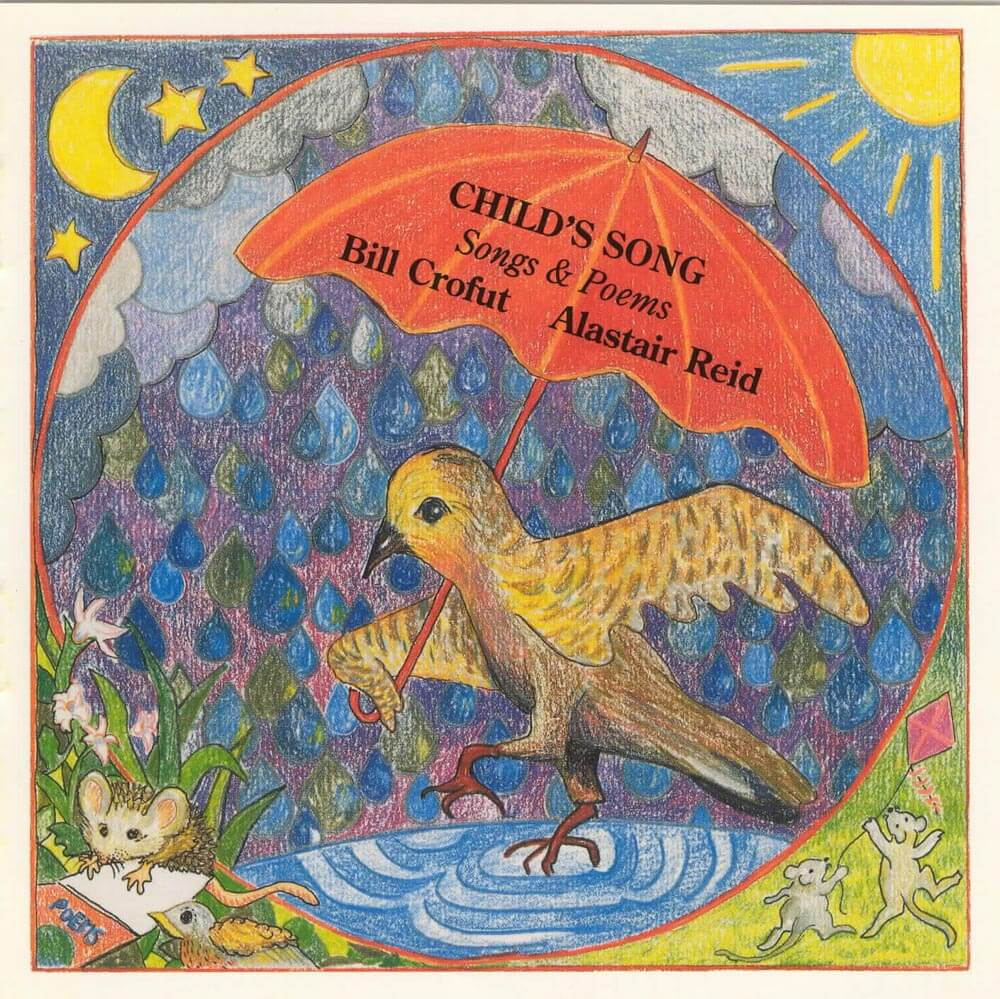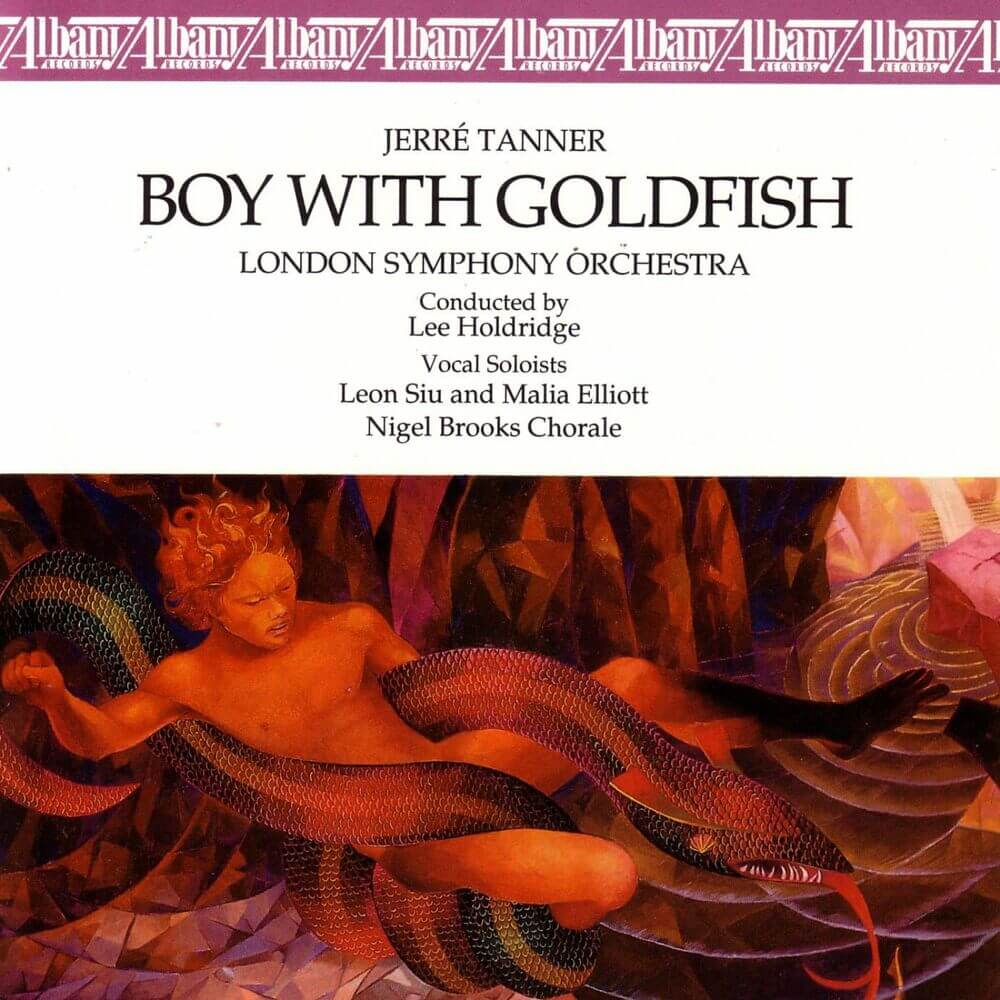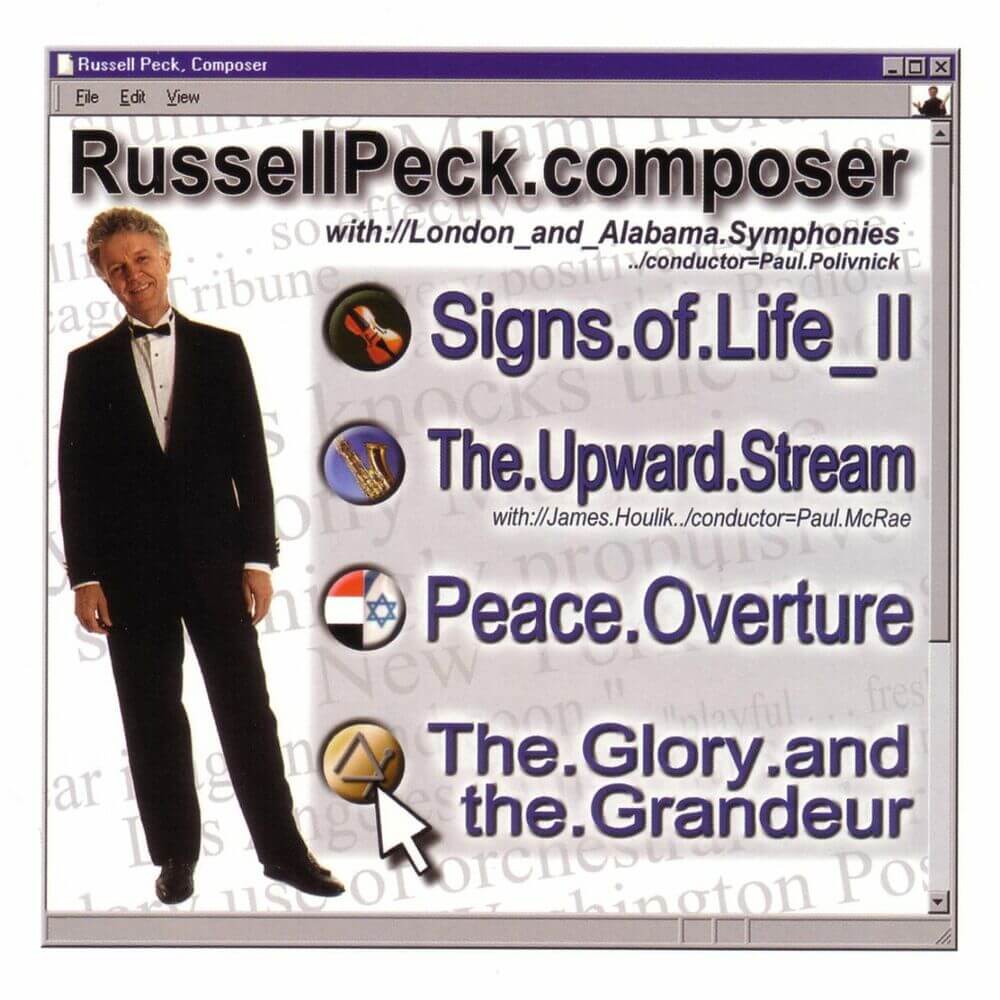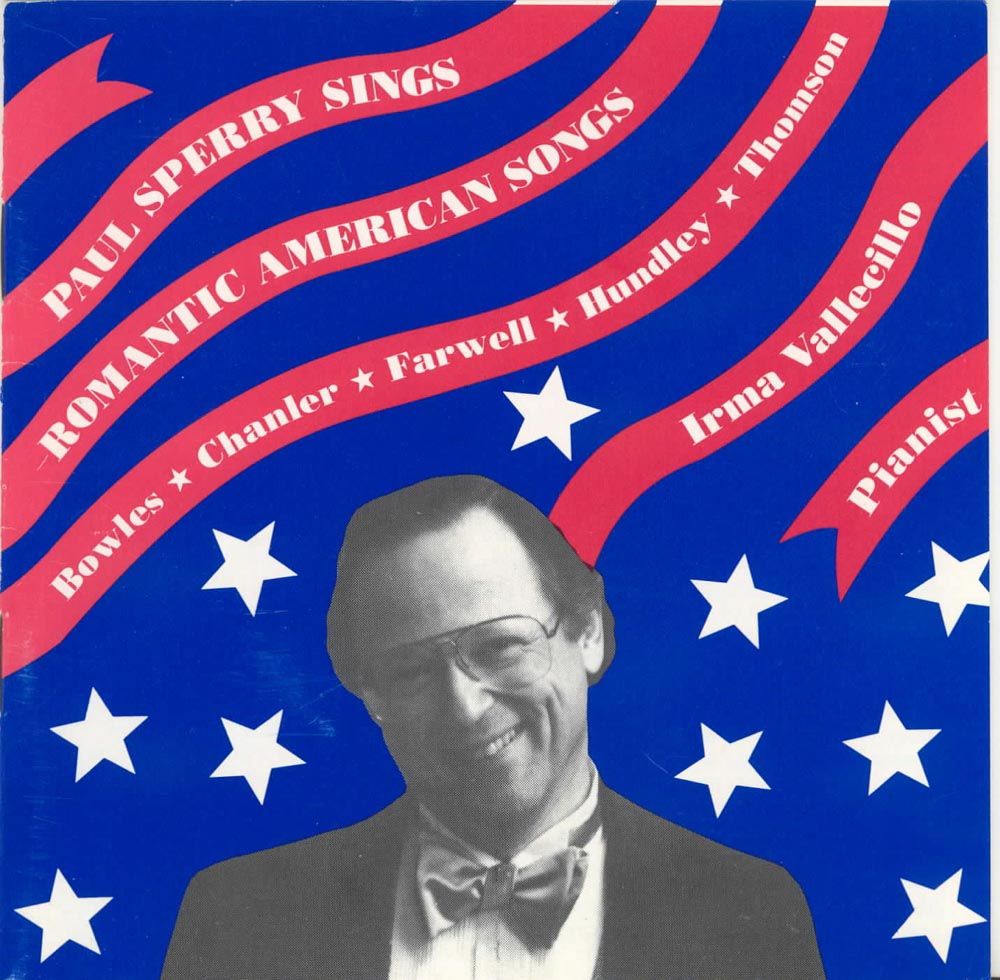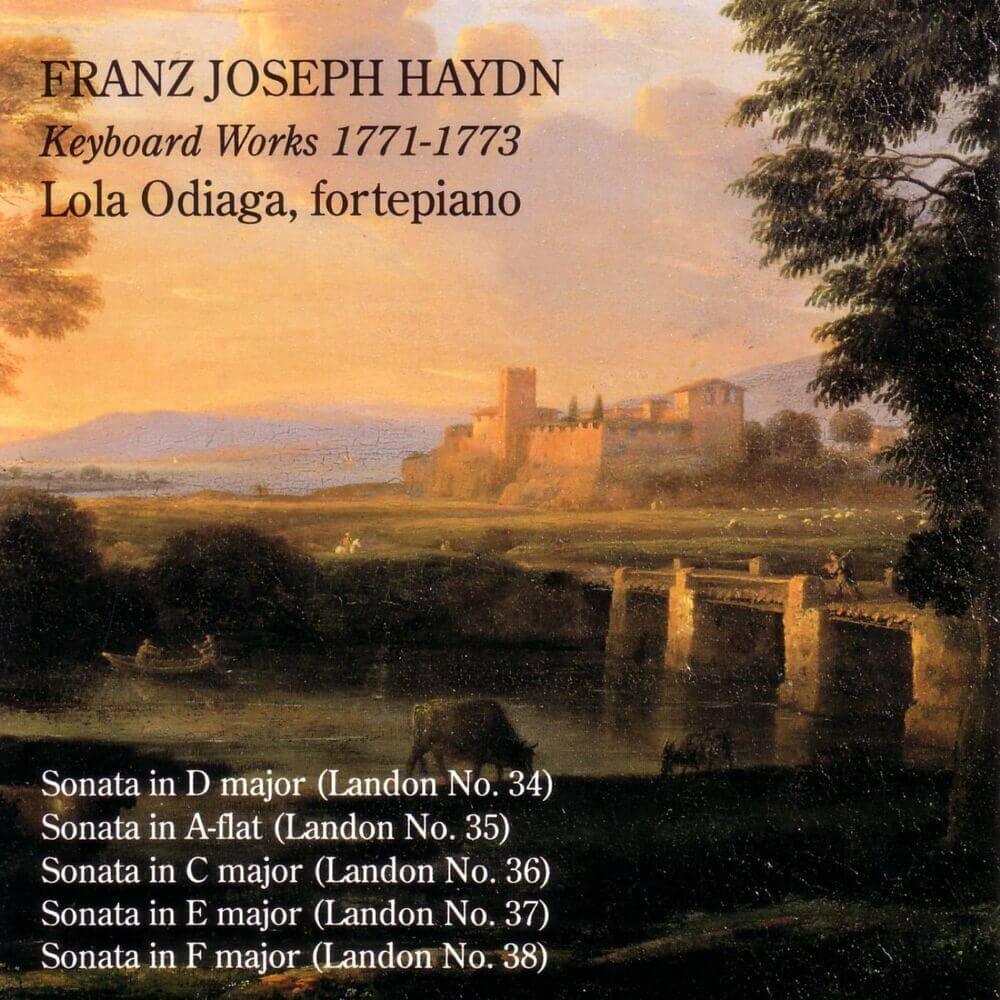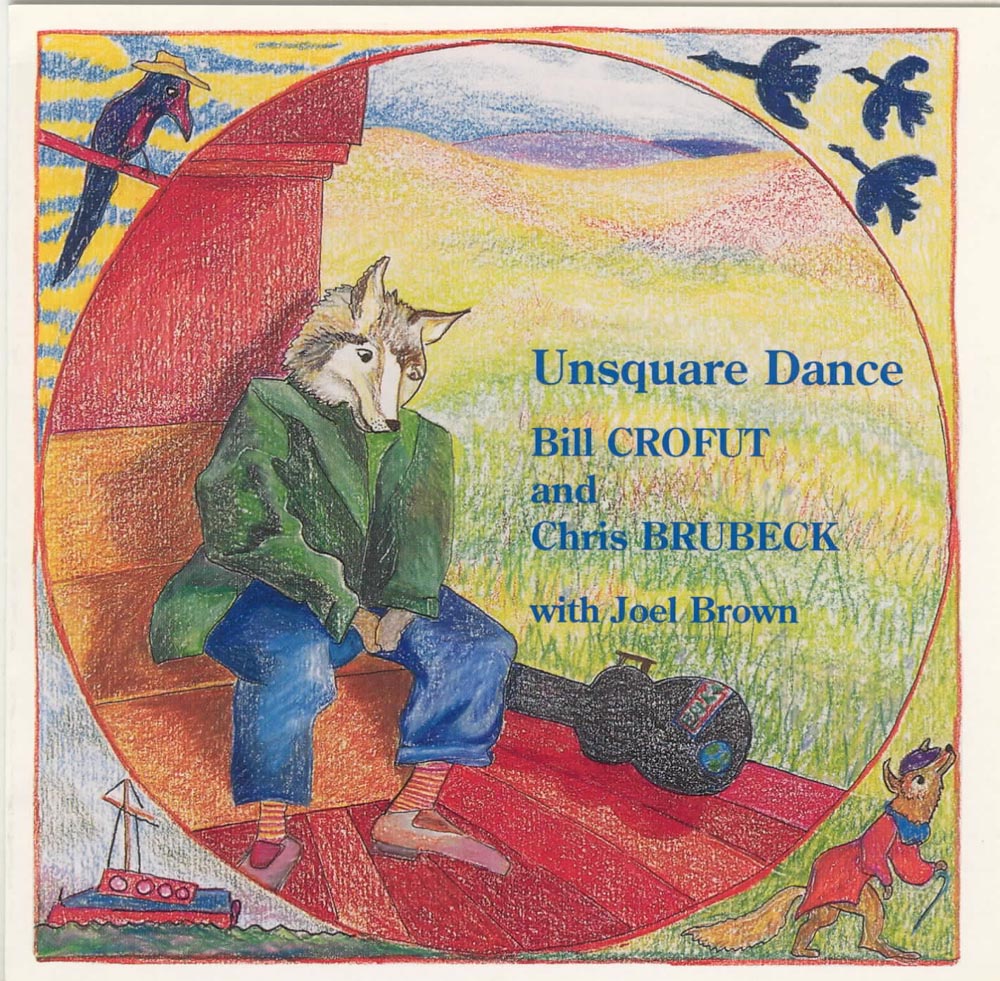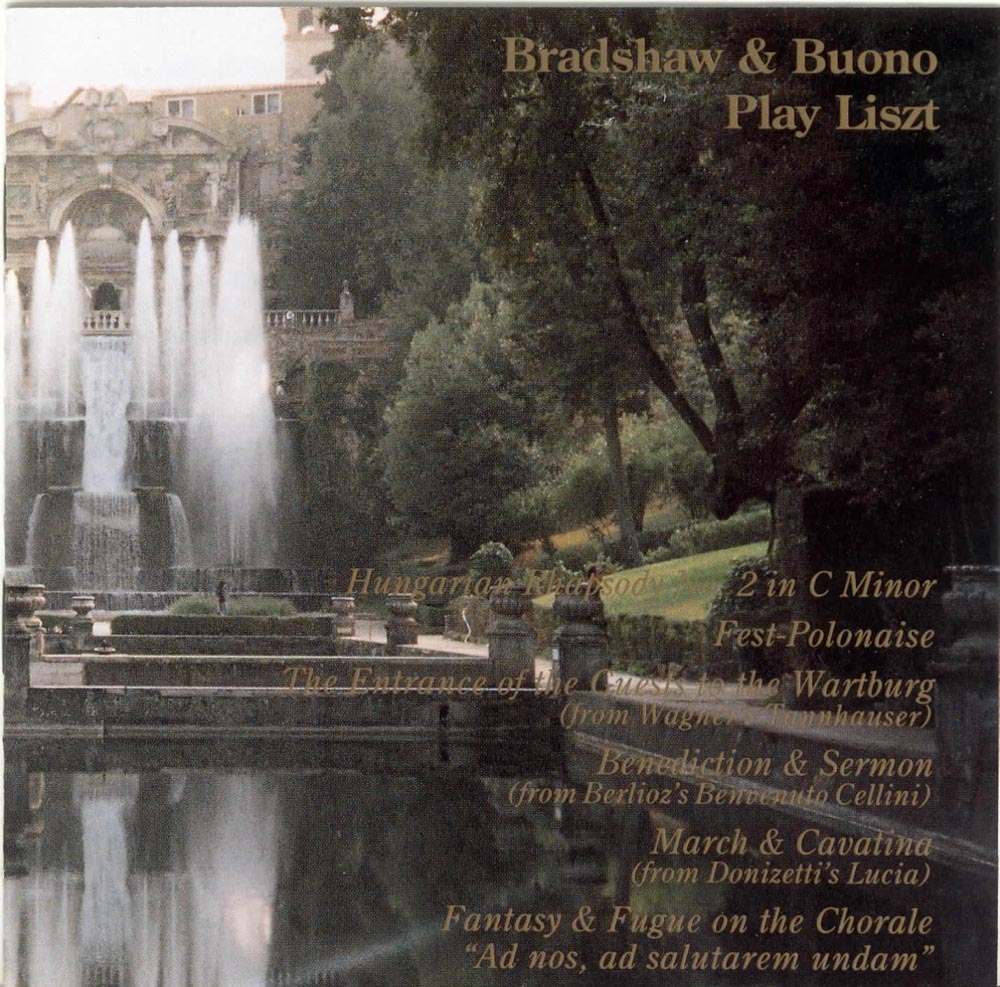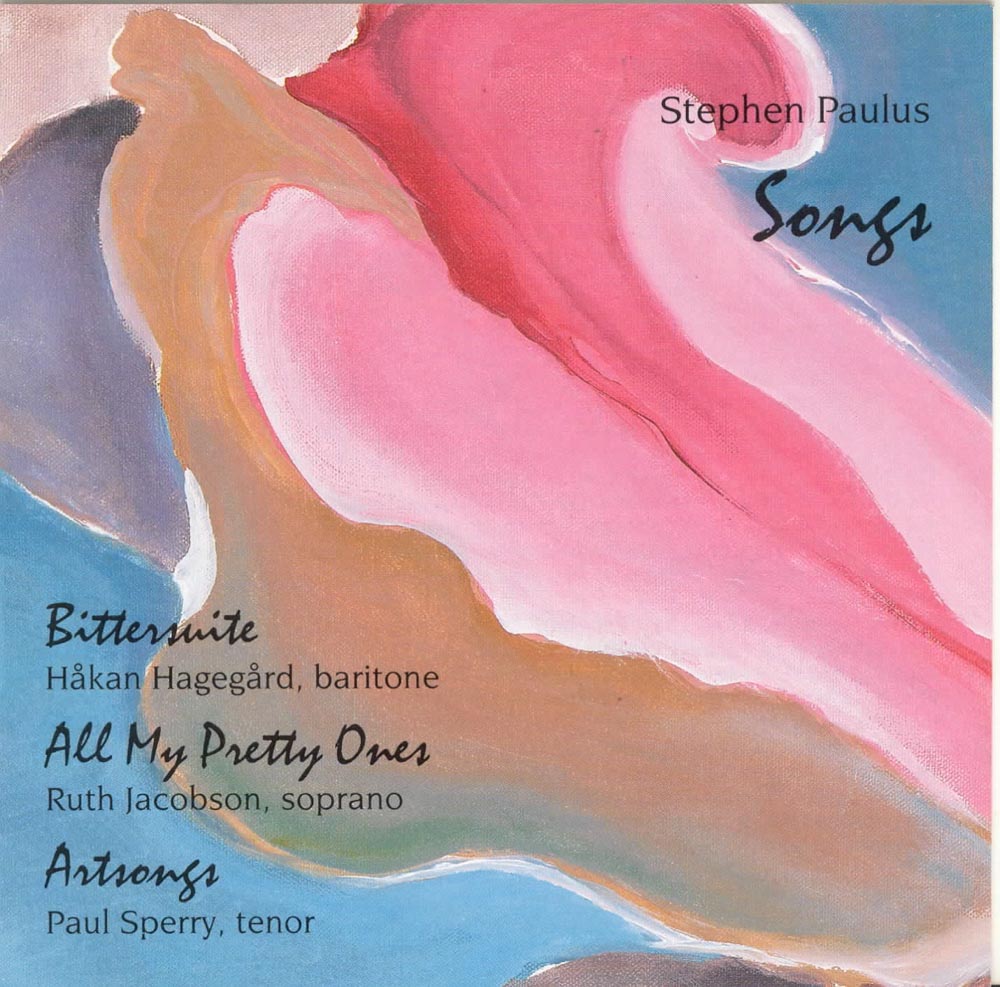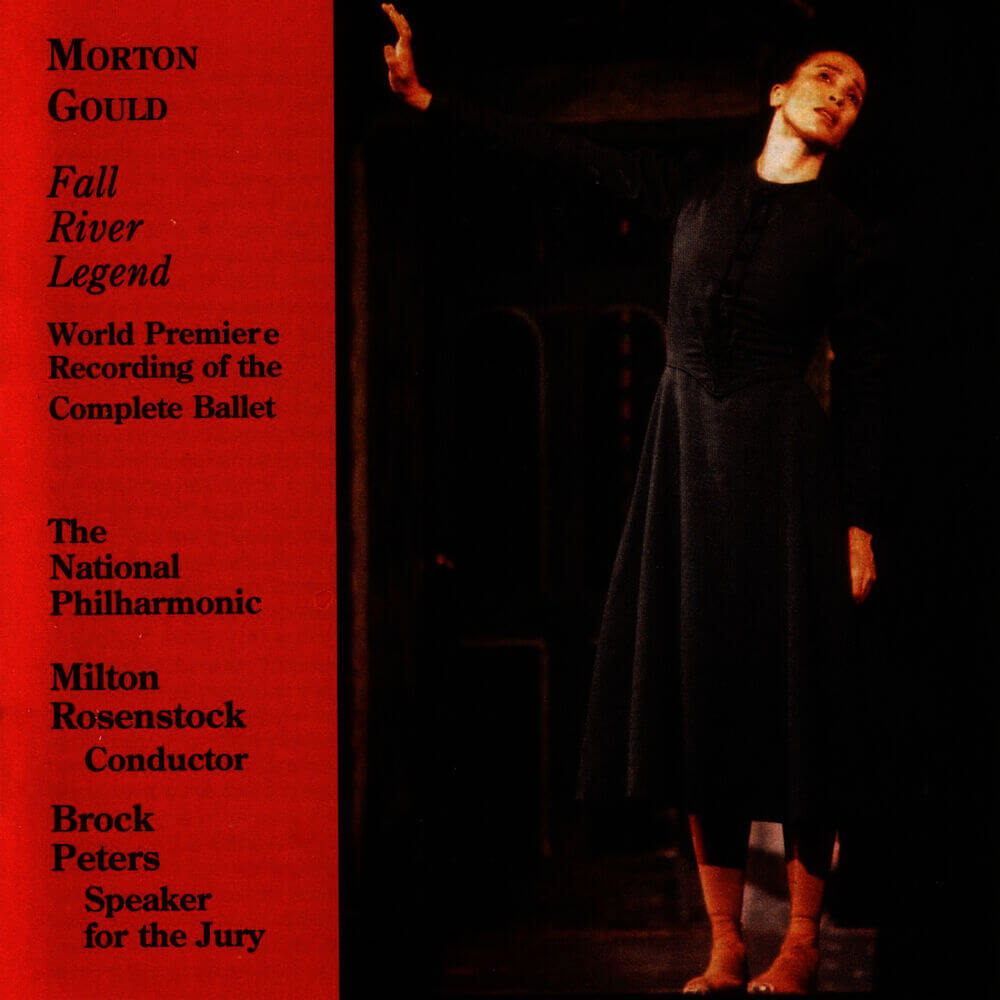Catalog #: TROY0083
Release Date: April 1, 1993VocalCarver Blanchard writes: "Lute Unleashed is a traditional recording in that it presents the work of a composer-arranger whose instrument is the lute. In centuries past that is what professional lutenists were; indeed had to be if they were to support themselves. An appointment to a court or great house afforded one of the few opportunities for regular employment and carried with it a particularly wide range of duties. These included playing in dance ensembles, accompanying singers, providing entertainment for banquets and special occasions, and of course, responding to the spontaneous and unforeseen. One can only guess how often a half-drunk guest of the duke made his way to the lute player and needed help getting through the song he had heard somewhere last week. It is today's studio musician, not today's concert musician, whose situation and abilities most nearly resemble those of the working lutenist of the Renaissance. I was born and raised in Louisiana and most of the material on this recording comes from memories of my boyhood in the South. There may at first appear to be some novelty in the use of the lute for the performance of such relatively modern music. In fact, it brings to modern music the same distinctive and compelling qualities that made it the most popular instrument in Europe for over 200 years."
Catalog #: TROY0074
Release Date: March 1, 1993ChamberRichard Wilson was born in Cleveland and studied piano, cello, theory and composition at the Cleveland Music School Settlement. In 1963, he graduated from Harvard and took his mater's degree in music composition at Rutgers in 1966. It was at this point that he joined the Vassar faculty, where he is currently Professor of Music. In 1992-93, he was the Composer-in-Residence with the American Symphony Orchestra. In that same year, he was also a Guggenheim Fellow. For those not familiar with Wilson's music, it is not avant-garde, nor is it abashedly tonal. It is well crafted and beautifully performed on this disc. Note the number of excellent musicians who perform on this disc including the great cellist, Fred Sherry, the great English flutist, John Solum, and Walter Trampler, one of the greatest violists who ever lived.
Catalog #: TROY0073
Release Date: March 1, 1993ChamberThree generations of fine American composers are represented on this disc. Copland's "Movements" and "Two Pieces" are his only works for string quartet as is the "First Quartet" of the great Pulitzer Prize winning composer, Robert Ward. About this work he has written: "By the time of the composition of the "First String Quartet," I had reached the conclusion that two cardinal principles prevailed in those works, new or old, which makes a lasting impression on the listener. The first is that the work must be based on provocative musical ideas that are clearly stated and, in the case of longer works, are stimulating to the composer's creative powers. The second is that an aesthetically satisfying work unfolds in sounds which produce waves of alternating tension and relaxation in the listeners, commanding their full attention. I had arrived at these conclusions by analyzing many works from many musical periods." This string quartet is an important work in Dr. Ward's output, appealing and imaginative. Stephen Jaffe was born in Washington, DC. He was trained in composition at the University of Pennsylvania and the Conservatoire de Musique in Geneva, Switzerland. To date, this is the only string quartet that Mr. Jaffe has composed. In 1991, it was one of four winners in the Kennedy Center Freidheim Awards for Excellence in Chamber Music Composition. Currently he serves on the music faculty of Duke University. This is the world premiere recording of the quartet.
Catalog #: TROY0068
Release Date: March 1, 1993ChamberThis recording contains some of William Mayer's finest music. "William Mayer's music sings out with real beauty, both in the vocal writing (he is especially known for his operas and songs) and the instrumental settings," wrote John Rockwell of the New York Times on the occasion of the composer's sixtieth birthday. And indeed this recording gives the listener a rich sampling of his vocal music; opera, songs and choral compositions. But, just as importantly, it contains two purely instrumental works - Abandoned Bells for piano and Inner and Outer Strings for string orchestra - which must count as two of the composer's most haunting scores. Mayer's career has contained such memorable events as Mrs. Eleanor Roosevelt narrating his Hello World, a musical trip for orchestra and Leopold Stokowski premiering his Octagon for Piano and Orchestra.
Catalog #: TROY0086
Release Date: December 1, 1992ChamberJoel Brown, the guitarist on this recording of works by American composers says in the booklet notes, "My original idea to record guitar quintets by Boccherini and Giuliani changed abruptly after meeting Andrew York at a Los Angeles Guitar Quartet concert. York's infectious compositional style appealed to me and I found myself working new music into what had been a 19th century program. When I approached Andrew about writing for my recording he enthusiastically accepted. This changed everything for me; if Andrew York was interested, then why not other composers as well? Before I knew it, five composers - some of them old friends, some of them new friends - were writing music for a now rethought ensemble of guitar, flute and cello. Several times during this project when the inevitable problems arose, I felt that even if everything were to fall through, I was still infinitely richer for the experience. To work so closely with these fine composers was a rare opportunity. And working with such incredible musicians and good friends as Jan Vinci and Ann Alton was a great pleasure. But the greatest reward is the privilege of premiering this music."
Catalog #: TROY0085
Release Date: December 1, 1992Jazz“We like to sing about what we would like to be, and we must sing about what we are. The songs of a culture speak for themselves. That is what this recording is all about – the contrasting sides of our national character as reflected in our diverse musical heritage. More importantly, it is in part a look at today’s America through yesterday’s songs.,” so say Bill Crofut and Chris Brubeck in the notes for this recording of folk and popular songs. The surprise on this recording is the Jew’s harp playing of Peter Madcat Ruth. Crofut and Brubeck continue: “As you will hear, Madcat’s musical gifts are apparent throughout this recorded concert. His technique, his “time,” his soulfulness, and his taste are superior. We also must explain why the audience is laughing so hysterically not only at Madcat’s lead vocal and ridiculous traditional lyrics but also at his harp solo on Old Joe Clark. Every sound you hear in his solo after the second verse is made only by Madcat. There are no overdubs and somehow he does the following, in sequence, punctuated by the crowd’s amazed outbursts: chugs along on the harp and adds a duck call to the corner of his mouth plus various vocal hoots; replaces the duck call with a siren whistle; whips out a toothbrush and brushes on the microphone for one bar; pounds his chest in rhythm with a plastic hammer toy; squeaks a rubber frog; fits a party favor into each corner of his mouth and in alternating quarter notes blows them while still flying on the harp; breaks into a polyrhythmic “hootin” frenzy while lifting a bass harmonica to play with his nostrils; and plays the melody while the audience sits in stunned anticipation of God knows what might come next!”
Catalog #: TROY0077
Release Date: December 1, 1992VocalCharles Edward Ives (1874-1954) was a prolific composer of orchestral, instrumental, and vocal music. He composed more songs than any other type of music. In four volumes, four singers accompanied by their individual pianists, present more than 150 songs chronologically, the first recording of the complete songs of Charles Ives. Ives authorized transposition of them, so they can be sung by all voices. This amazing body of work from a musician who was also an inventive and successful insurance executive, span the 35 years of Ives's compositional life, mirroring the many facets of his character: tenderness, humor, disapproval of hypocrisy and sham, nostalgia, Americanism, Yankeeism, religion, socialism, love of nature. Some of the songs are extremely difficult; others are simpler; few can be picked up and read right off. They resemble a workshop filled with Ives's ideas, fragmentary or extended. Most were published in 114 Songs - the book compiled, published, and distributed at Ives's own expense in 1922; others were composed "post-114," among them Peaks, Yellow Leaves, The One Way, A Sea Dirge and In the Mornin'. The Ives oeuvre is substantial, and his output in songs alone is richer and more fulsome by far than might be expected from any career, let alone a curtailed one. This four volume set of the complete songs of Charles Ives is a major contribution toward the understanding, appreciation, and enjoyment of one of the greatest song collections in the history of music.
Catalog #: TROY0076
Release Date: December 1, 1992OrchestralThe fact that the word violino means "little viola" might suggest that the alto of the string family was in fact the primary instrument from which the others developed. Not so; the viola inherited the name of its illustrious predecessor, the viol, but not is prominence. The modern viola has been slow to make its way. Eighteenth century composers mostly ignored it or left it to double the violins or cellos; even Beethoven never trusted his orchestral violas with an independent solo part. Even the double bass could boast of several famous virtuosi, but the only important solo viola part before the end of the 19th century was written by Berlioz for Paganini! The notion that the viola is a failed violin dies hard, and outside of chamber music, it is only in relatively recent times that the viola has finally become established as an instrument with its own manner of expression and its own repertoire. The liberation of the viola has been in part accomplished through the pioneering efforts of outstanding performers like the Britishers Lionel Tertis and William Primrose who literally called forth - commissioned or inspired - a whole repertoire. The Bartok Concerto on this recording was one of these commissions for William Primrose but the Hindemith Viola Concerto came about because Hindemith himself was an important performer on the viola. Raphael Hillyer was a member of the Boston Symphony Orchestra under Koussevitsky and the NBC Orchestra under Toscanini. He was a founding member of the Juilliard String Quartet and been a soloist with orchestras in the United States and abroad.
Catalog #: TROY0072
Release Date: November 1, 1992VocalThe selections on this recording were chosen from the rich treasury of Russian art songs, or romances, as they are called in Russian. What has been attempted with this recording is to give the listener a sampler of nineteenth century Russian romances. There are songs by composers who are better-known for their larger orchestral or operatic forms, namely Borodin, Mussorgsky, Glinka, Rimsky-Korsakov and Tchaikovsky, along with the less well-known composers, Dargomyzhsky, Arensky, Gliere, and Cui, who shaped the music of their own culture by writing large numbers of romances. The above-mentioned composers can well represent the nineteenth-century Russian romance from its earliest beginnings into the twentieth century. A native of Indiana, mezzo-soprano Linn Maxwell enjoys a rich and varied career that takes her to the stages of major orchestras, opera companies and recital halls all across the United States. She is a graduate of the University of Maryland and holds a Master of Music degree from Catholic University in Washington, D.C. She has served on the faculty of Michigan State University, the University of Maryland and the Bay View Music Festival and has recorded for the RCA Red Seal, New World, Centaur and Albany Records labels.
Catalog #: TROY0065
Release Date: September 1, 1992ChamberTed Hoyle, the cellist on this recording that includes two sonatas for cello and piano observes: "Of the four chamber works by Joseph Fennimore on this recording, two are programmatically linked to Marcel Proust's monumental Remembrance of Things Past. For half of the 1970s, Fennimore was obsessed with the work, and viewed the world through Proust-colored glasses. His first composition to reflect its input was the Quartet (after Vinteuil)...Swann in Love is the second homage to Proust. A sonata in one movement, there are two theme groups in the tonic and dominant respectively, development of this material, and a restatement of these themes in the tonic. Fennimore's First Sonata for Cello and Piano is full of epithets as to its interpretation. Both have four movements and modify traditional forms...Dominated by the piano, The Second Sonata with its Spanish cast, is a more complex work. The composer considers the four movements to be elements of a large-scale sonata form in which 'moods, melodic fragments - even keys themselves - are returned to for the sake of their peculiar color.'"
Catalog #: TROY0064
Release Date: September 1, 1992OrchestralThe central work on this recording of orchestral music by American composers is Roy Harris' Sixth Symphony, called the "Gettysburg." Prior to composing the work, Harris read Carl Sandburg's biography of Lincoln, and this, in addition to enlarging upon his factual knowledge of the sixteenth president, helped the composer solidify his own feelings towards the man and the symbol. Though in the years since the Sixth Symphony appeared, there has been growing skepticism about politicians, increasingly leading to an at times almost cynical re-evaluation of even some of our most hallowed figures, one must acknowledge the sincerity and strength of the idealistic spirit motivating Harris during this period. One must also recognize that the rich and varied symphony that emerged as a result reflects a complex tapestry of influences. The Sixth Symphony, written in 1943-44 on commission from the Blue Network (a predecessor of the American Broadcasting Corporation), is very much a summary of what Roy Harris was as a man and a composer.
Catalog #: TROY0069
Release Date: August 1, 1992InstrumentalSchubert made an extraordinary contribution to the four-hand repertoire, and his compositions in the form span his entire career. In all, he wrote some 60 works for piano four hands, many of which rank among his most profound and inspired creations as well as his most charming and delightful. It is clear that Schubert did not consider it simply occasional music, but as a serious medium that was perhaps more natural to him than the composition of solo piano music. In fact, Schubert made his first public performance as a pianist in March 1818 performing his own four-hand arrangement of the Italian Overture in D Major on two pianos with Ansel Huttenbrenner. And when he decided to approach Beethoven, whom he worshipped, it was with a four-hand work, the Variations in E Minor, which made a favorable impression. Schubert was also extremely demanding that the pianists he performed with were first rate and once commented that "this damned bashing, which is to be found among even the most renowned pianists, I cannot stand. It delights neither the ear nor the heart." One of Schubert's favorite partners was Josef von Gahy who described his playing: "the sometimes tender, sometimes flowing and bold performances of Schubert, who played the primo part, his strong technique, and free interpretation made the hours of playing together delightful and unforgettable."
Catalog #: TROY0067
Release Date: August 1, 1992ChamberStephen Dankner attended New York University, Queens College and the Juilliard School where he received his Doctor of Musical Arts. His principal composition teachers were Roger Sessions and Vincent Persichetti. To date he has composed more than 50 works including music for synthesizers, computers and solo instruments. Currently he is Chairman of the Music Department of the New Orleans Center for Creative Arts, an arts high school in New Orleans and also teaches both undergraduate and graduate advanced music theory, composition and electronic-computer music at Loyola University's College of Music. About Songs of Bygone Days Dankner writes: "The lyrics of the five songs that comprise this cycle of songs for soprano and baritone were assembled from songs that were successful in the 1890s. The idea of composing new music to popular song lyrics nearly 100 years old intrigued me, as it offered the possibility of merging the popular idiom of the past with a contemporary approach to song composition. Such a style could at the same time borrow from a previous commercial formula yet infuse it with an enriched scope of expression through the more elaborate melodic and harmonic treatment found in concert music." Mr. Dankner carries out his ideas beautifully in these tuneful, accessible songs. "The conception for my Piano Sextet originated from a desire to return to purely instrumental composition after a period of time in which I had composed mainly electronic music." In this music Dankner has created a big, bold, romantic work, worthy of the name sextet.
Catalog #: TROY0071
Release Date: July 1, 1992InstrumentalMarthanne Verbit was born in Atlanta and raised in the small town of Fitzgerald, Georgia. She spent her childhood either at a piano or in toe shoes, with frequent appearances on television, at music festivals and in theatrical productions in Florida, North Carolina and Georgia. She left the deep South to attend Hollins College and Boston University School for the Arts, receiving music degrees from each. Further studies at the Eastman and Juilliard Schools and Columbia University kept her in the North. Widely acclaimed for her flair, poetic fantasy, insightful musicianship and unforgettable stage presence, Verbit's piano recitals through the United States and Europe have established her as a favorite among piano connoisseurs. This piano recital includes works by George Gershwin (1898-1937); George Antheil (1900-1959); John Diercks (b. 1927); Joseph Fennimore (b. 1940); Leo Ornstein (1892); and Cyril Scott (1879-1970).
Catalog #: TROY0070
Release Date: July 1, 1992InstrumentalMarthanne Verbit comments: "We are now such a long way from the optimism, excitement, intellectual ferment and urge to experiment prevalent at the outset of the nineteenth century that it is difficult to believe all this really existed. The various movements that flourished during this era - impressionism, expressionism, futurism, cubism and neo-classicism, to name just a few - brought about a flood tide of music for the piano, this as diverse as the "movements" that inspired it. Perhaps at this point, we can listen with fresh ears to two of these earliest trend-setters, Cyril Scott and Leo Ornstein."
Catalog #: TROY0058
Release Date: May 1, 1992Vocal"As a song recitalist one of my favorite pastimes is putting programs together. I love to figure out how to juxtapose songs so as to show them off to greatest advantage. When I program cycles or sets, the composer have done some of my work for me. They have decided how they want their songs to interrelate, and then it becomes my job, as it is with this recording to see which cycles and sets go well together. I think of a cycle as something which doesn't excerpt effectively; each song is dependent on its neighbors to make its full effect. A set excerpts easily but also functions well as a complete group, usually using works of a single poet. In this recording, I think of the Beaser, Talma and Gruenberg as cycles, and the Smith, Wilson and Berg as sets. They appear together on this recording because they are all works I love and have performed frequently, and I think they make an intriguing totality. They are also pieces that are accessible to the general public but which could only have been compose in the twentieth century." (Paul Sperry)
Catalog #: TROY0054
Release Date: March 1, 1992OrchestralSince the death of the American composer Irwin Bazelon in August 1995, there has been a marked increase in interest in his music. Three of his most representative works are included on this recording. "Spires" was composed in 1981. It was not premiered however, until February 6, 1989 by the Orchestre National de Lille with Harold Farberman conducting. The work is not a formal concerto for trumpet and orchestra but rather an orchestral composition with a large solo trumpet part including a written jazz-scat section against orchestral forces. "Trajectories" for solo piano with orchestra was composed in 1985. In this concerto, it was the composer's intention to avoid some of the 19th century mannerisms of solo instrumental works with orchestra, and, in this context avoid the traditional confrontation between piano and orchestra. The listener will also hear that the composer has attempted to exclude extensive virtuoso octave passages for the piano and to eliminate rapid arpeggios up and down the piano keyboard. About his work "Legends and Love Letters" the composer writes: "I have selected five Imagist poems of Hart Crane (c. 1920) that reflect this esteemed American poet's lyricism and nostalgic sentiment. It was my intention to capture in my music these essential elements, in addition to the bold dramatic statements that represent the contrasting counterpoint inherent in Hart Crane's poetry. In these pieces, I conceived the soprano part as a narrator's voice, singing the poet's lines through a small ensemble background, but always maintaining a soloist's position of dominance. Hart Crane's eloquent lyrical voice is primary; it must be allowed to occupy center stage."
Catalog #: TROY0066
Release Date: December 1, 1991ChamberTheodor Berger was born in the village of Traismauer-on-the-Danube on May 18, 1905. He was a pupil of Franz Schmidt at the Academy of Music in Vienna. His compositions include a number of works for large orchestra, chorus, string quartet and music for radio, television and film. His style and technique vary according to the nature of the individual work at hand. The titles of his compositions are almost always organic, conveying the nature of each work with clarity. One of his works, Malinconia, written in 1933, brought admiration from Richard Strauss. The list of conductors who promoted Berger's music includes Furtwängler, Kleiber, Krips, Ormandy and Steinberg. However, this recording is the only one of his music that is available today. This compact disc presents the first recordings of the orchestral compositions of Miguel Del Aguila. Born in Montevideo, Uruguay in 1957, Del Aguila moved to the United States in 1978 and studied at the San Francisco Conservatory and in Vienna where he has lived since 1982. The rhythmic propulsiveness in much of Del Aguila's music derives from Latin American sources. Another influence is American blues. Beyond these influences, there is a very personal sense of drama in his music, which is partly the result of "programs" or stories of the composer's own devising - which is the case for the works on this recording.
Catalog #: TROY0063
Release Date: December 1, 1991ChoralAnton Bruckner (1824-1896) is today recognized as a leading symphonic composer of the Viennese school in the direct lineage of Haydn, Beethoven and Schubert. Nine of his 11 symphonies are central to the late Romantic orchestral repertory, with the three mature masses and Te Deum representing the final flowering of the Austro-German symphonic choral tradition as exemplified by the festive mass-oratorios of Haydn and Schubert. A less familiar side of Bruckner's work is found in his many smaller occasional pieces for choir, some with instrumental accompaniment, all of which, in contrast to the symphonies, take only a few minutes in performance. These short choral works, both sacred and secular, date from all periods of Bruckner's creative life, which is to say from his first known work as a child of 11, to the last completed opus in 1893. In many cases, the motets and choruses show a development of Bruckner's skill and imagination paralleling that seen in his better-known symphonies.
Catalog #: TROY0062
Release Date: December 1, 1991InstrumentalMozart and Beethoven were renowned pianists, while Haydn, in his own words "was not a wizard on any instrument." Yet recent research has emphasized the special significance of keyboard music and performance in the composer's life. Not only did he perform as soloist, organist and accompanist during his tenure at Esterhçzy but throughout his creative life Haydn cultivated the most respected genre of solo keyboard music - the sonata. The first three sonatas of this program were composed in 1773. They were published by Giuseppe Kurzback in Vienna in 1774, appearing in a set of six sonatas that Haydn dedicated to his patron Prince Nikolaus Esterhçzy. This was Haydn's first authorized publication, although copyists had been smuggling his works into print for some time. An obsequious dedication to Prince Nikolaus reminds us that Haydn's compositions were the official property of his patron. The last three sonatas in this program were written during the 1770s and published in Vienna by Artaria in 1780. A new contract between Haydn and his patron, dated 1779 reveals that Prince Esterhazy no longer had exclusive rights over Haydn's compositions. These sonatas appeared in a set of six dedicated to Katharina and Marianna von Auenbrugger, sisters who were celebrated fortepianists.
Catalog #: TROY0061
Release Date: November 1, 1991ChamberHunter Johnson was born near Benson, North Carolina in 1906. He attended the University of North Carolina at Chapel Hill and the Eastman School of Music, graduating from the latter institution in 1929. He did graduate work with Bernard Rogers at Eastman, and then worked with Alfredo Casella in Rome. He is perhaps best known for the Piano Sonata recorded here and for his music for the Martha Graham ballets: Letter to the World and Deaths and Entrances, which have had hundreds of performances in the United States, Europe and Asia given by the Graham Dance Company. His music has been variously described as neo-classic, neo-romantic and nationalist. It is most likely a combination of all three. Throughout most of his career, Johnson has been deeply involved in teaching, having taught advanced theory and composition at Cornell University, and at the Universities of Michigan, Manitoba, Illinois and Texas. In June, 1991, Hunter Johnson was named Composer Laureate of North Carolina, the first such award to be designated by the state. This disc, now at mid-price, is a wonderful introduction to the music of this sorely under-recorded American composer.
Catalog #: TROY0059
Release Date: October 1, 1991Children's MusicAlastair Reid and Bill Crofut, collaborators on this disc of songs and poems for children write: "In some ways, children make an ideal audience for poetry: they have few preconceptions, they are alert to rhythm and cadence, and they can still thrill to the kind of word-excitements that occur in the language of poetry more than anywhere. They are less concerned with worrying a poem into being than with following where it takes them. So-called "children's poetry" often condescends to children as little people, whereas children frequently respond deeply to poems they may understand imperfectly. We have looked for poems with a certain tingle to them, a sound pattern that makes them good to take in through the ear. Songs and poems have always been closely related; and indeed, the songs on this record began life as poems, and remain poems. They have been given musical wings, as it were, by being made into songs and sent flying. The music of poems is sparer and quieter, but it is what makes poems stay in the memory. The two threads, of poetry and song, wind through this record, sometimes intertwining, sometimes separating, but always complementing one another. While one's perception of meaning in verse may change and grow with years, the basic joy in the rhythm and beauty of language is possibly as strong if not more so in childhood.
Catalog #: TROY0053
Release Date: September 1, 1991OrchestralOne of the major audiophile recordings comes around full circle! Recorded in 1979 at London's Watford Town Hall by the great engineer/producer Brian Culverhouse, this was one of the first digital (Soundstream process, to be exact) LPs on the market. Several years later, Albany reissued it on CD in a more complete version of the score. And now, nearly 30 years (!) later, it's back on SACD, sounding better than ever. This is lovely, tonal, neo-Romantic music lavishly written for the orchestra and vocalists (singing both in English and Hawaiian) in a particularly sympathetic performance conducted by Lee Holdridge whose own fame as a film and concert composer increased in the years since. Jerre Tanner, of French and Cherokee Indian descent, was born in Pennsylvania. His childhood was spent in national wildlife reserve lands where his father was superintendent of fish hatcheries. Tanner currently lives in Hawaii, as did John Thomas (1927-2001), the artist whose paintings inspired this wonderful oratorio. Those paintings are reproduced throughout the booklet, which also contains a complete libretto.
Catalog #: TROY0052
Release Date: September 1, 1991InstrumentalChristopher O'Riley combines a piano technique of remorseless brilliance with a fastidious musical intelligence. He has asserted himself as one of the most formidable and best-loved pianists of his generation. He appears throughout the United States and Europe as a recitalist, soloist with orchestra, and chamber musician. His repertory encompasses the literature of the eighteenth, nineteenth, and twentieth centuries. O'Riley, who was born in Chicago and reared in Pittsburgh, launched his career by winning prizes in the major international piano competitions. A pianist in the grand manner, he especially favors the colorful, large-scale works of the uniquely pianistic master composers like Chopin, Liszt, Ravel, Scriabin, and Schumann. O'Riley's playing is, of course, the product of his distinct personality. But there can be little doubt that his profile as an artist is also the result of the dramatic tension between the stern conservatism of his musical training and the sensuous flamboyance of his own innate temperament. He is at once architect, dramatist, colorist, and dancing master; he is the intellectual's hedonist.
Catalog #: TROY0040
Release Date: June 1, 1991OrchestralRussell Peck (1945-2009). Peck's music is vibrant, energetic and accessible for all audiences, and has been arranged on this CD as a short concert. All of the music is for full orchestra except the first piece, which is for string orchestra. "My musical beginnings were Mozart and Motown," Peck used to say. He was influenced by his father, an avid symphony fan and professional singer, who "listened to Mozart on the radio, practiced barbershop quartet singing in the basement, and also did radio chorus work with the Detroit Symphony," and who wanted Russell to become a composer. Peck also appreciated Motown, then in its Detroit heyday. "I loved it. It inspired me just as the great composers did," he said. After receiving a doctorate in composition from the University of Michigan, Peck became the Ford Foundation composer-in-residence for the city of Indianapolis, followed by a short period of university teaching. "During the 1970s I was developing a very successful career in composing and narrating my own works, such as Jack and Jill at Bunker Hill for young people's concerts with major orchestras. Then came 1978. I dropped out of music altogether to make ending global starvation my sole priority, which I pursued at the United Nations. The period when I did this exclusively finally ended with my writing Signs of Life and the other pieces on this CD."
Catalog #: TROY0043
Release Date: May 1, 1991Vocal"Since I first started going to song recitals, I wondered why I heard so few American songs," says Paul Sperry in the booklet notes. "Was it that there weren't many good ones? I doubted it, and I have subsequently learned that I was right. While researching little known American songs for three Bicentennial celebration recitals, I discovered that songwriting has always attracted American composers and that they have given us a large and fascinating repertory encompassing every conceivable style. The only difficulty I face as a performer is to choose which ones to sing, or, in this case, to record. I have chosen these five composers because they are all "Romantics:" they favor tonal harmonies, attractive melodies, and a close relationship between words and music; they seek to convey the emotional content of the poetry in musical terms. But more specifically, I chose them because I love their songs."
Catalog #: TROY0049
Release Date: March 1, 1991OrganThe American composer and organist Frank Speller teaches organ and harpsichord at the University of Texas in Austin. He has degrees from the University of Colorado and Indiana University. About his music he writes: "Music has far greater power than merely to please or displease. Its capacity to bring inner richness and harmony has been commonly acknowledged throughout the history of music. J.S. Bach, for example, said that a good basso continuo was good for the soul. That is why the majority of my music is religious in nature. Even the Passacaglia is a description of the joy of something bigger than any of us. My intention is always present, even though it is sometimes realized in playful ways." The instrument used in this recording is one of the largest tracker-action organs in the United States: a musical and engineering feat which, if not for its quality of craftsmanship and sound, would alone mark it as noteworthy. A "tracker" is a flat strip of wood that conveys the action of the keyboard of "manual" directly to the organ pipes. Although many of the organ's functions are electronically controlled, such as the stop action and the computer memory piston system, the trackers are traditional wooden linkages whose origins date back at least 2000 years. The organ has 5,315 pipes that range from the giant 16 foot principals to pipes smaller than an ordinary pencil. The sound on this recording is astonishingly dynamic and realistic.
Catalog #: TROY0045
Release Date: March 1, 1991InstrumentalThe keyboard sonata is an intimate genre suited to experiments in form and style. Haydn's cultivation of the sonata in all but the last years of his life creates a detailed illustration of his compositional development. The five sonatas recorded her reflect a relaxation in Haydn's compositional style, turning away from the stormy melancholy of the many minor key works written before 1772. Lola Odiaga, the acclaimed Peruvian harpsichordist and fortepianist, studied piano at the Juilliard School of Music in New York, and at the Hochschule fur Musik in Hamburg, and harpsichord at Yale University. Among her teachers were Edward Steuermann, Stefan Askenase, and Ralph Kirkpatrick. In addition to a teaching career that has included the National Conservatory of Music in her native Lima, Wellesley College, the Hartt College of Music, the Yale University School of Music, and Boston University School for the Arts, Odiaga has concertized as soloist with orchestras, and in solo and chamber music recitals in the United States and Latin America both as pianist and harpsichordist. Since 1983 she has been making appearances as a fortepiano performer.
Catalog #: TROY0050
Release Date: February 1, 1991JazzBill Crofut who died in 1999 wrote notes for this recording that was done in 1991: "Some years back a dear friend commented that there was a danger in middle age of relying on past accomplishments, and thus becoming a parody of a younger self. Sing the same song too often and for too long and it turns on itself and becomes a mockery. It's a hard truth. I had passed that age of 50 when we all take stock. I yearned to take something on that I'd never done before. I first took on Bach. That meant making banjo transcriptions, inventing a finger picking technique to suit the style and finding an appropriate sound by using mutes. It took five years, the results of which can be heard in the three selections included here...This recording is the result of years of listening, loving and being moved by music, words and those who turn them into wonder. It is the Unsquare Dance of three friends with totally different musical backgrounds who came together to see what might come out, and we had a wonderful time."
Catalog #: TROY0039
Release Date: February 1, 1991InstrumentalThis recording demonstrates three aspects of the towering genius of Liszt - the virtuoso, the transcriber, and the visionary. Throughout most of his life, Liszt was essentially a musical transcendentalist and evidence of this can be found in both his pianistic and compositional technique. No one had ever before asked a pianist to perform such technical difficulties that pervade his music. And while the sheer virtuosity of his works create enormous excitement there is also a stunning dramatic and emotional impact created by it. And yet when he chooses to speak in a simple, direct way he is masterful. These same qualities are clearly exhibited in his two-piano and four-hand works that number some 107 compositions and include original pieces, transcriptions, and reworkings of his own music. Indeed, the intrinsic greatness and scope of his work is indisputable.
Catalog #: TROY0036
Release Date: January 1, 1991VocalStephen Paulus is one of our better American composers and he is one of the finest composers anywhere writing for the voice. His large vocal output includes works for solo voice, chorus (in combination with chamber ensemble and large orchestra) and four operas. The three works on this CD cover a time span of almost three years, from “All My Pretty Ones,” which was commissioned with an NEA grant in 1978, to “Artsongs” (1983), to the most recent cycle, “Bittersuite” from 1987. They represent a rich and diverse spectrum of poetical works, ranging from the words of Michael Dennis Browne for “All My Pretty Ones,” written in memory of his friend and colleague, Anne Sexton, to the seven American poets represented in “Artsongs.” Ogden Nash is the poet for “Bittersuite” and his words show a much darker side of that poet as he ruminates upon death and aging. Let me call your attention to two artists of special merit who participate in this recording. The great Swedish lyric baritone, Hakan Hagegard, is one of the most accomplished and applauded performers in the world today; that he would lend his talent to the wonderful songs of Stephen Paulus, shows the high esteem in which he holds the composer. Paul Schoenfield, the pianist, is also Paul Schoenfield the composer.
Catalog #: TROY0035
Release Date: January 1, 1991OrchestralThe basic story line of this ballet, created by Morton Gould for Agnes de Mille, follows the notorious Lizzie Borden murder case. The conversation between the two collaborators (de Mille and Gould) that opens this recording serves to provide a fascinating description of the creation of the Fall River Legend Ballet and chronicles the historical events leading up to the premiere. Born in1913 in Richmond Hill, New York, Morton Gould gained early critical attention as a piano prodigy, and for his composing and improvising abilities - his first composition was published at the age of six. By the time he was 21, Gould was conducting and arranging a weekly series of orchestra-radio programs for the WOR Mutual Network. Many of his works and orchestral settings were introduced on these broadcasts. Gould's work is known for its distinctively American flavor, integrating folk, blues, jazz, gospel and western elements.
Catalog

©2024 Albany Records. All rights reserved. | Privacy Policy | Website by PARMA Creative.
